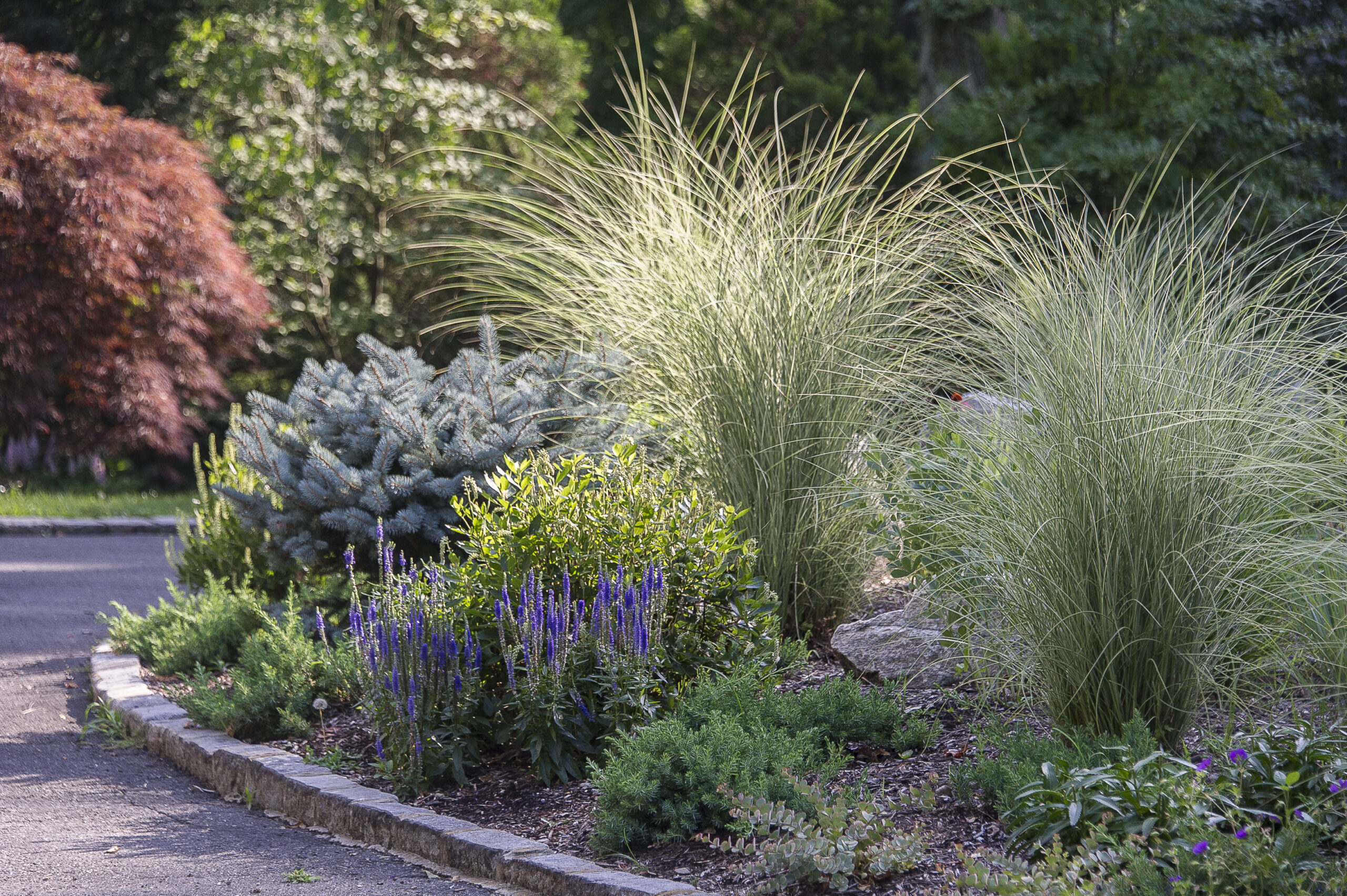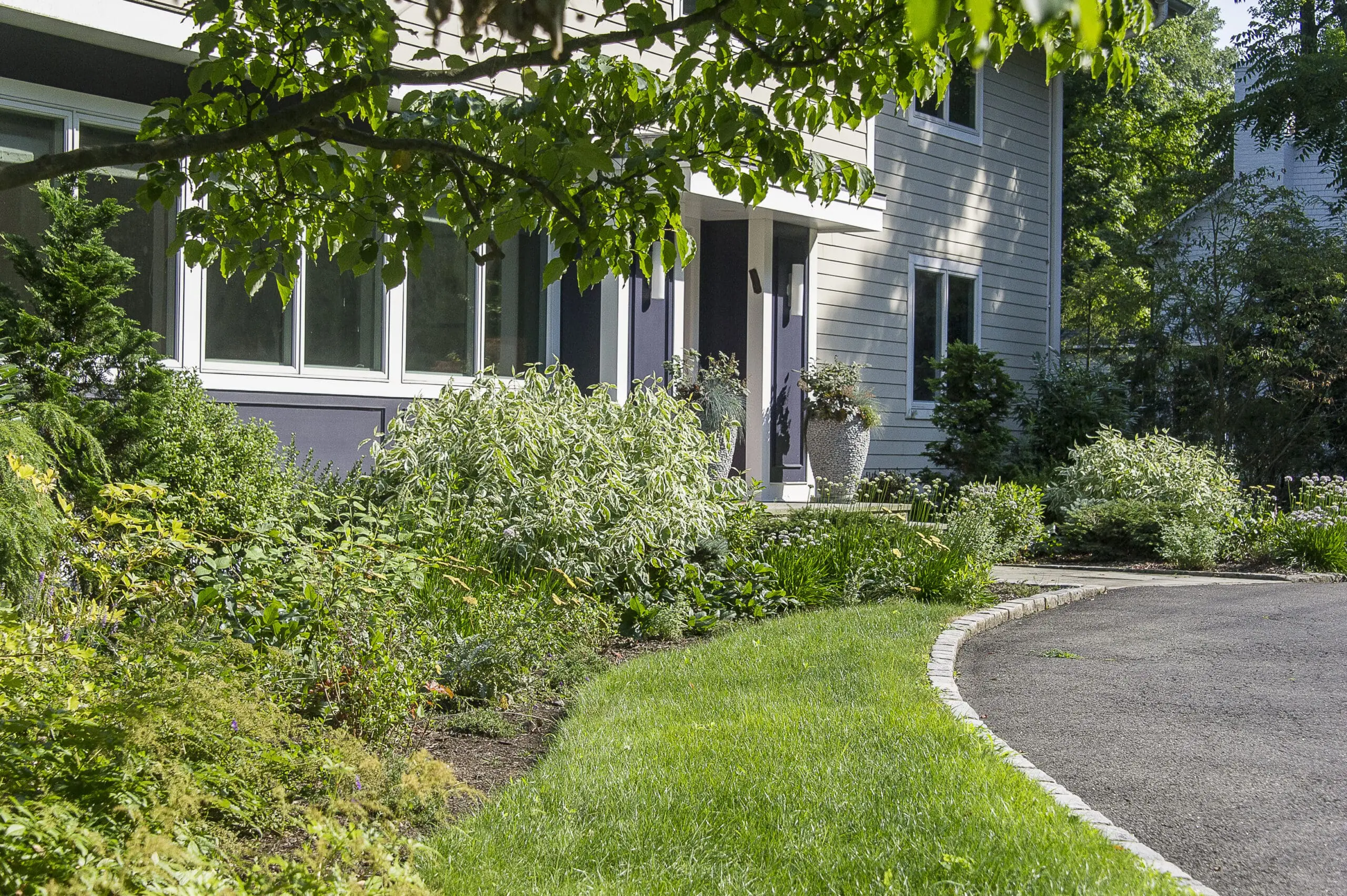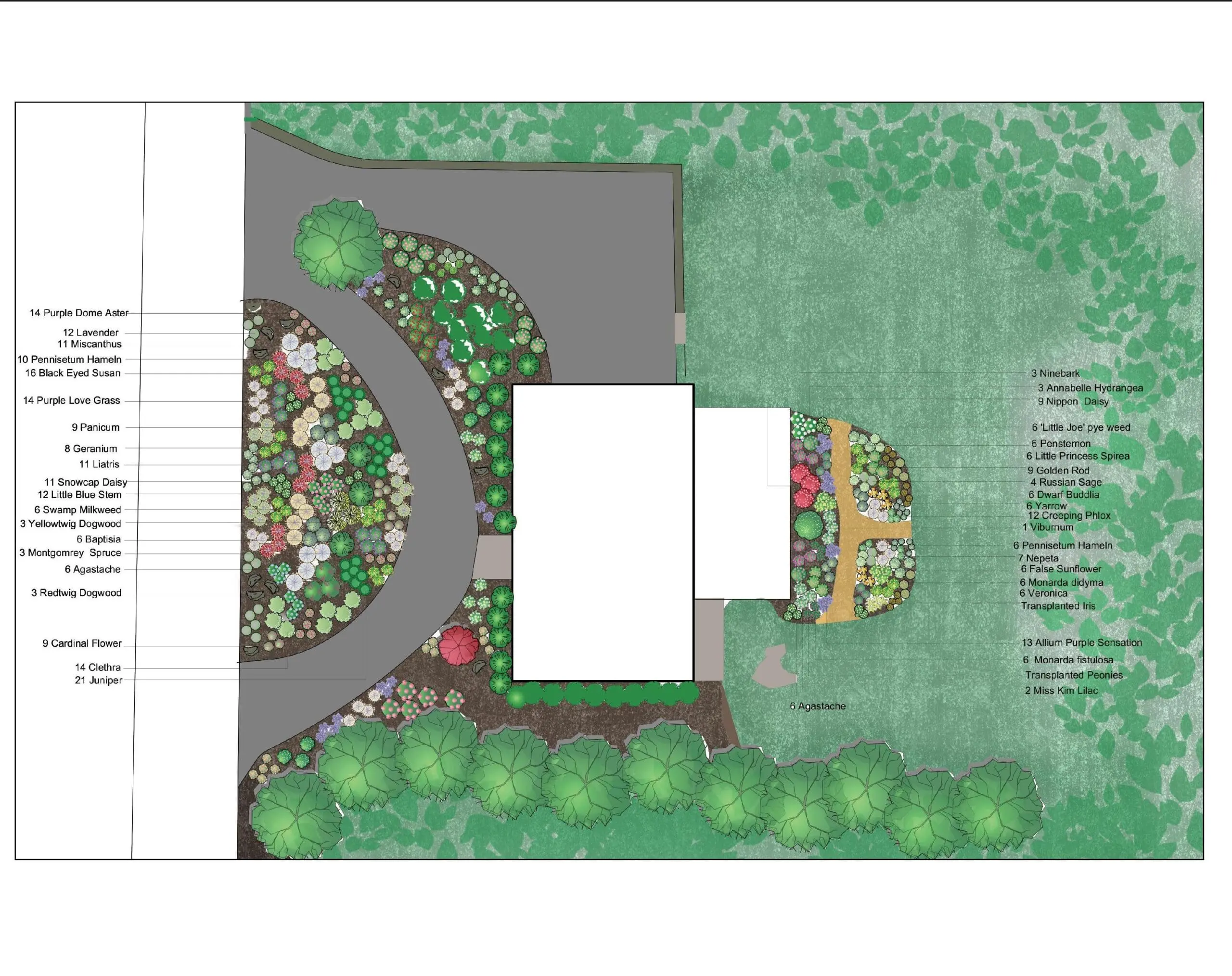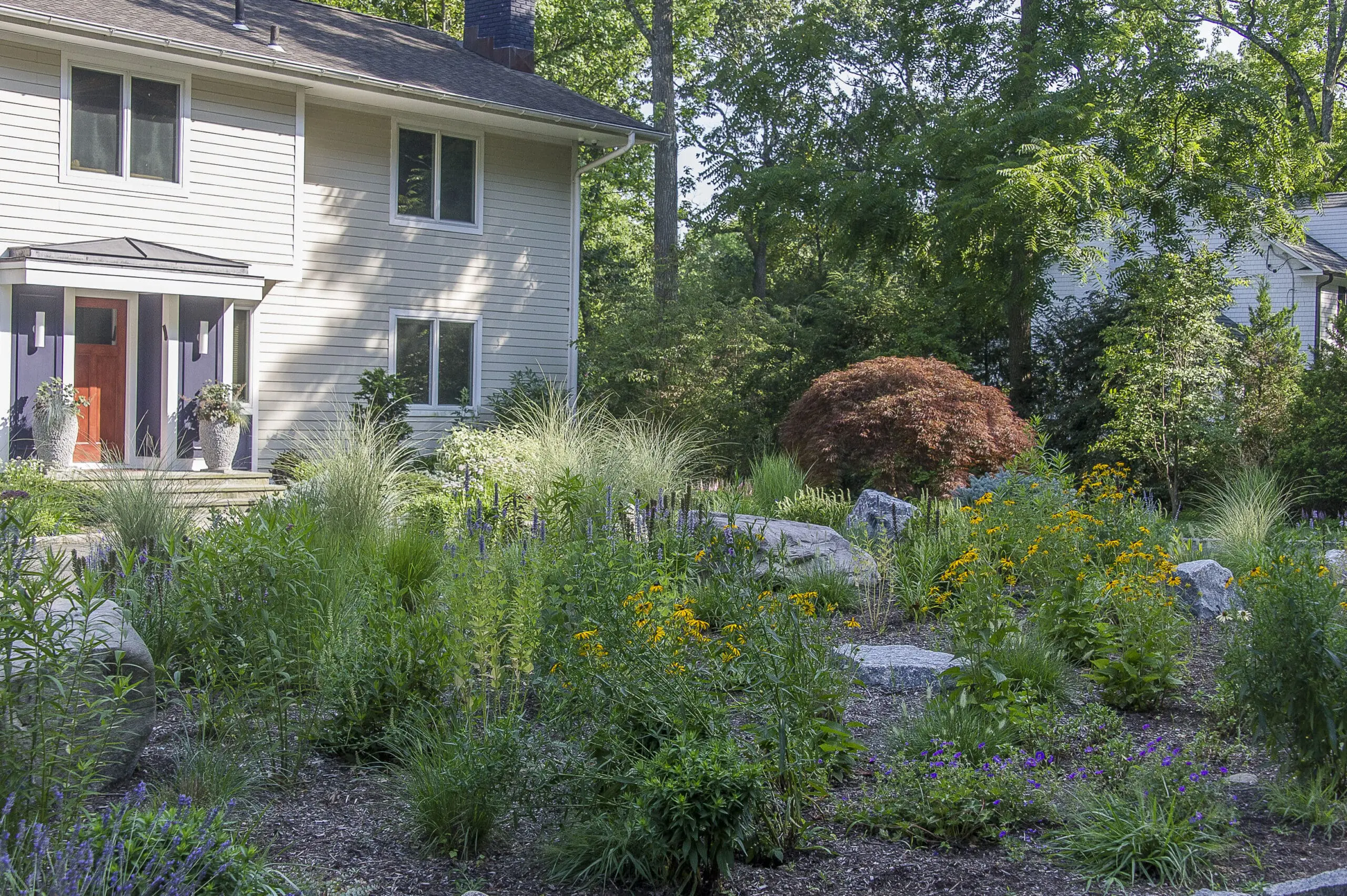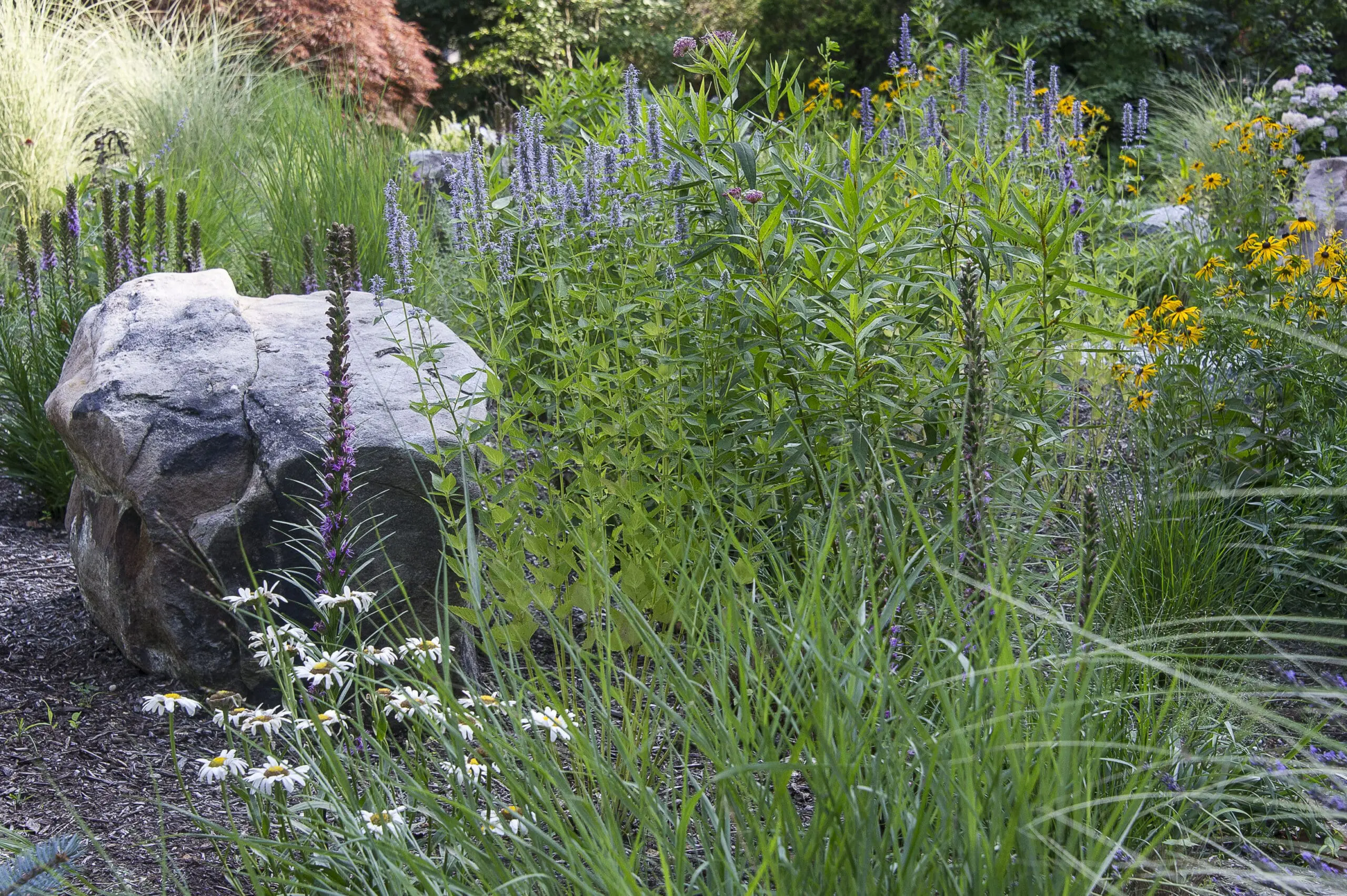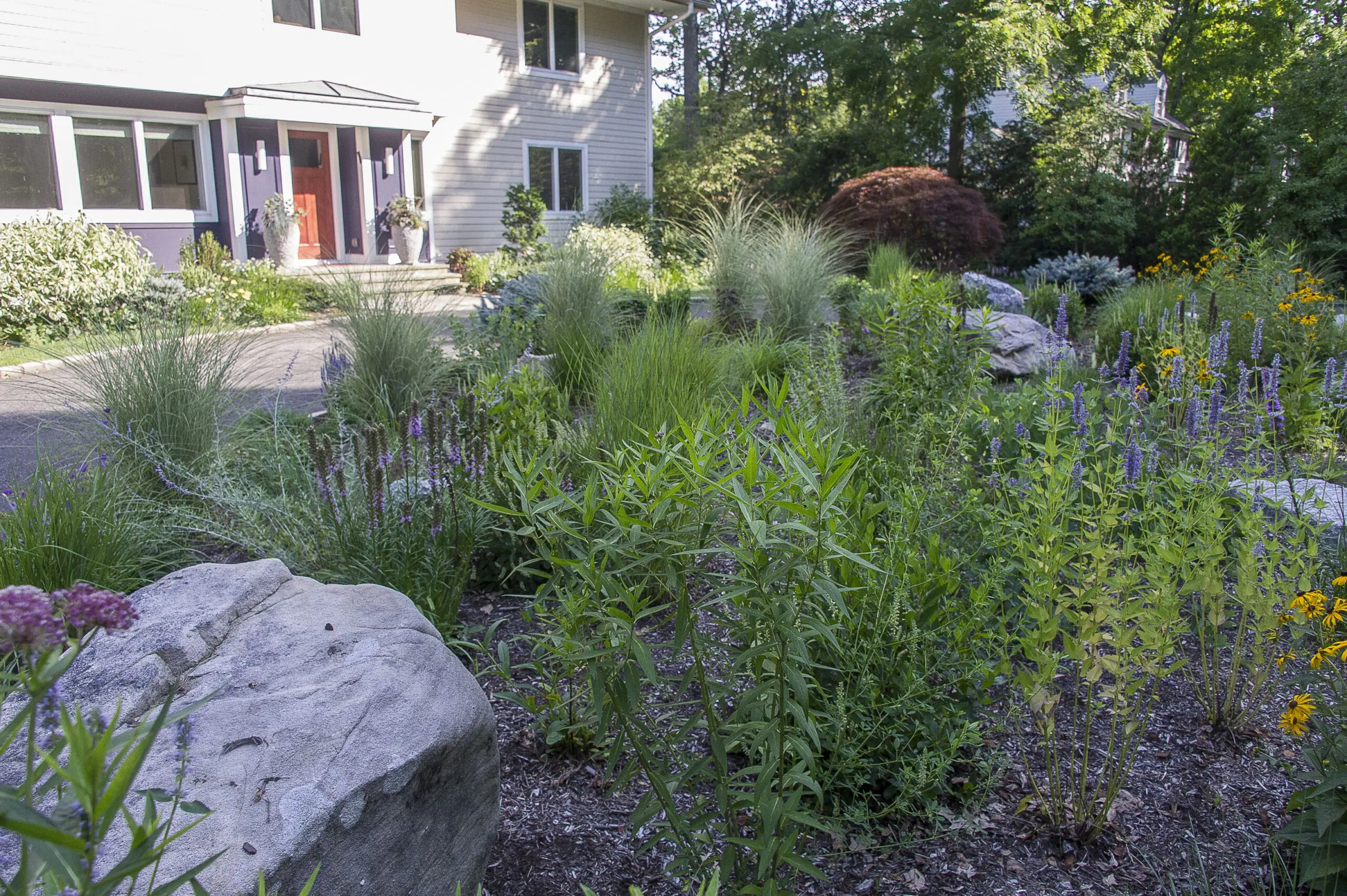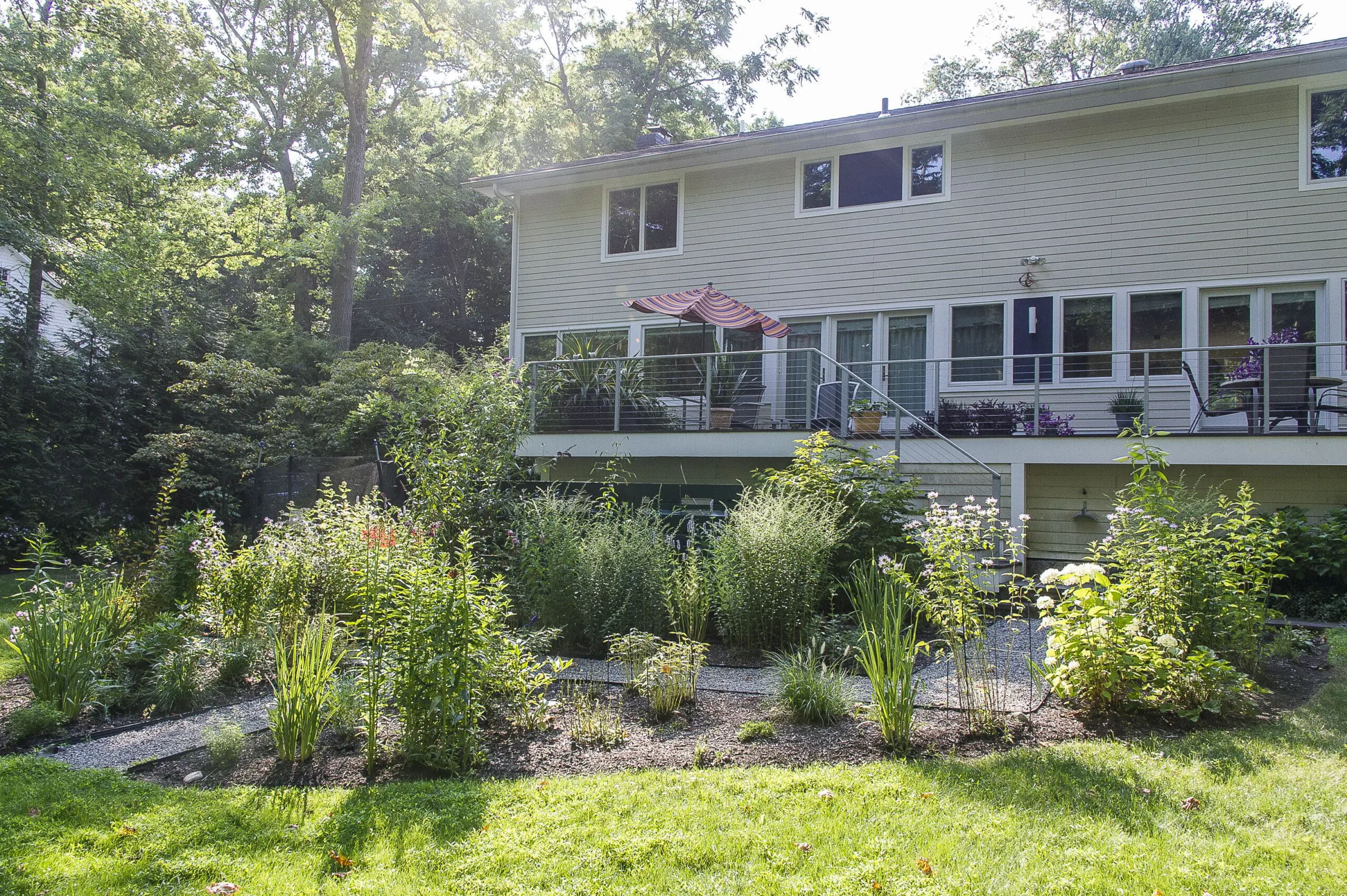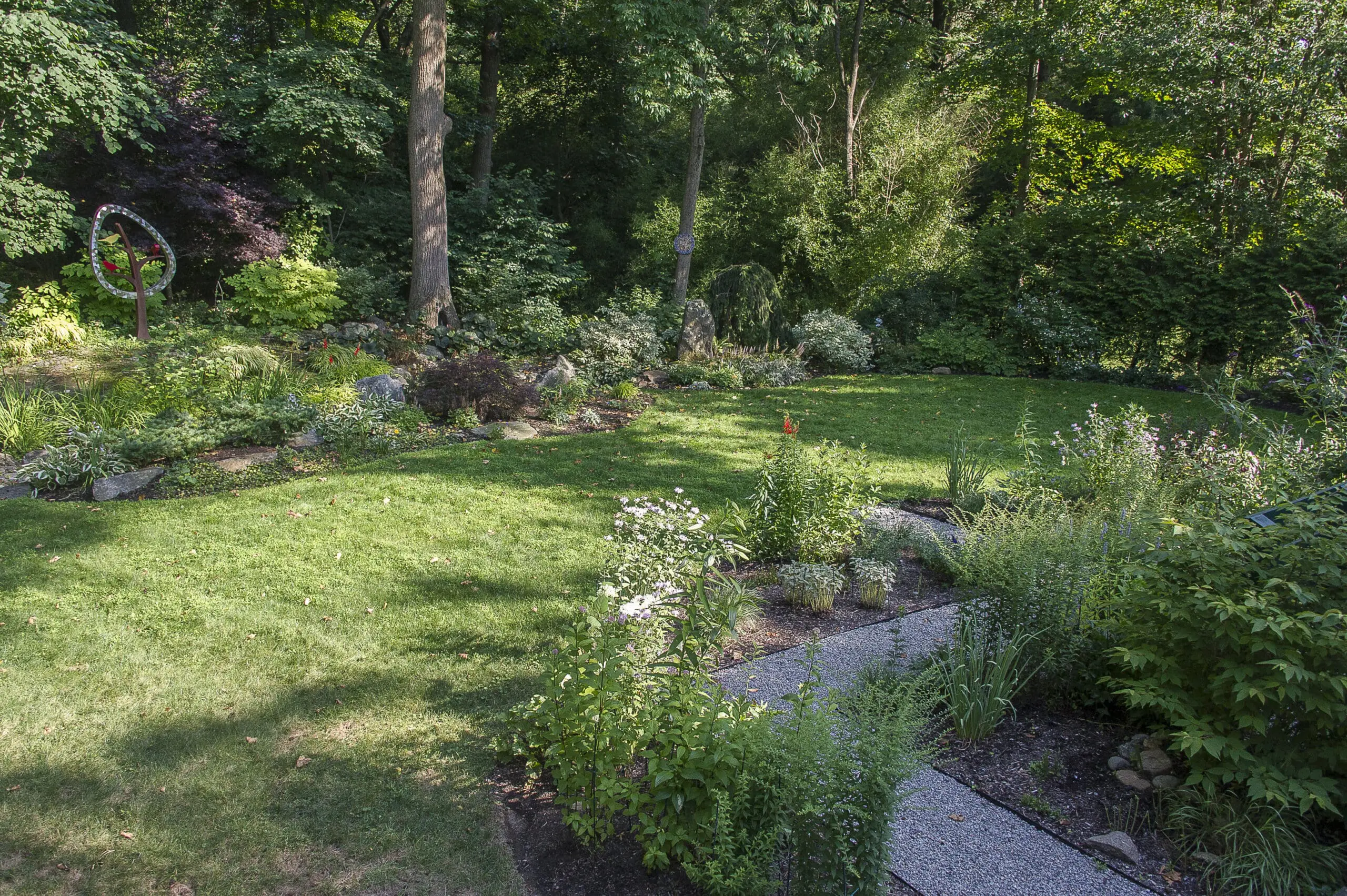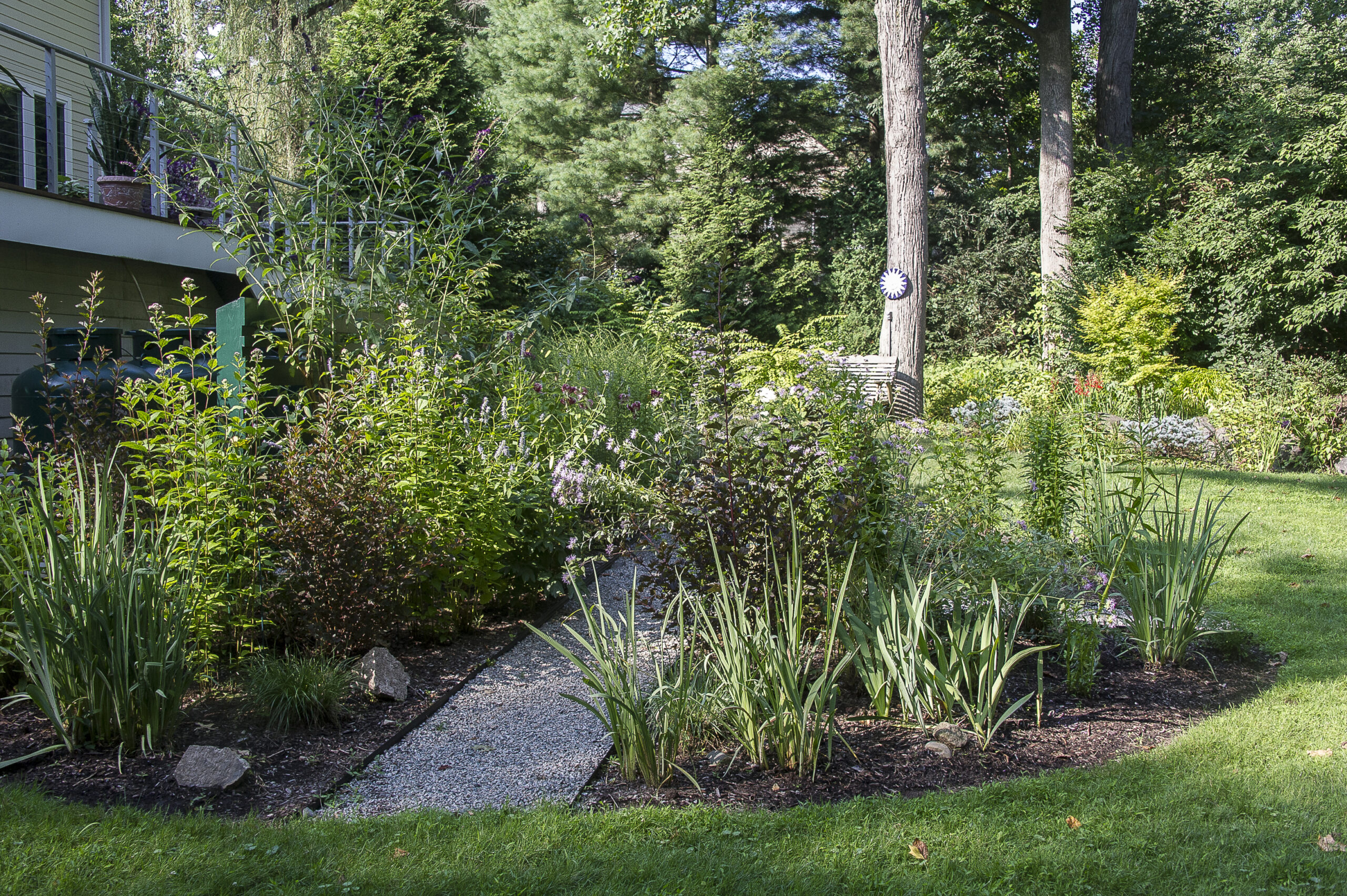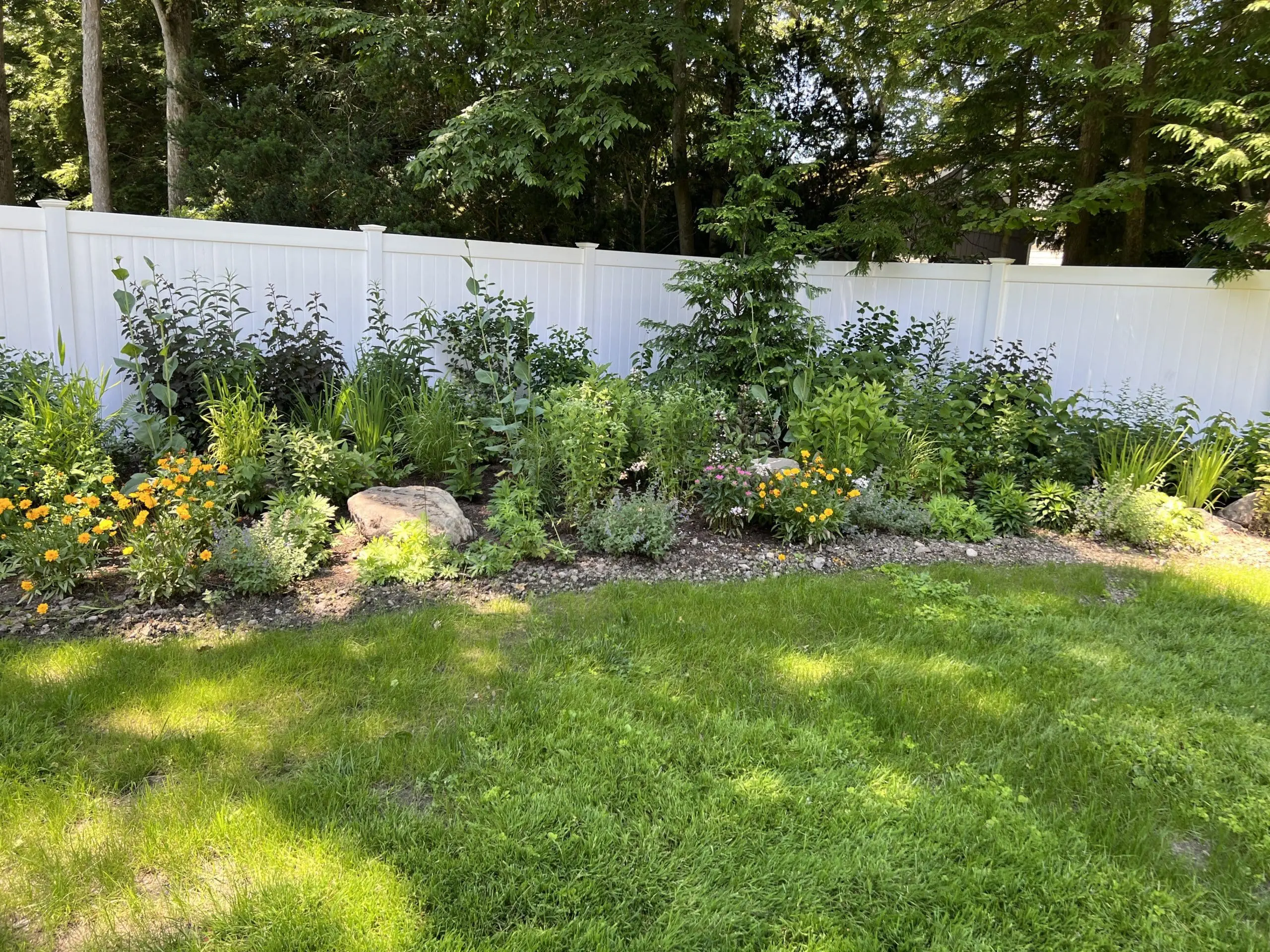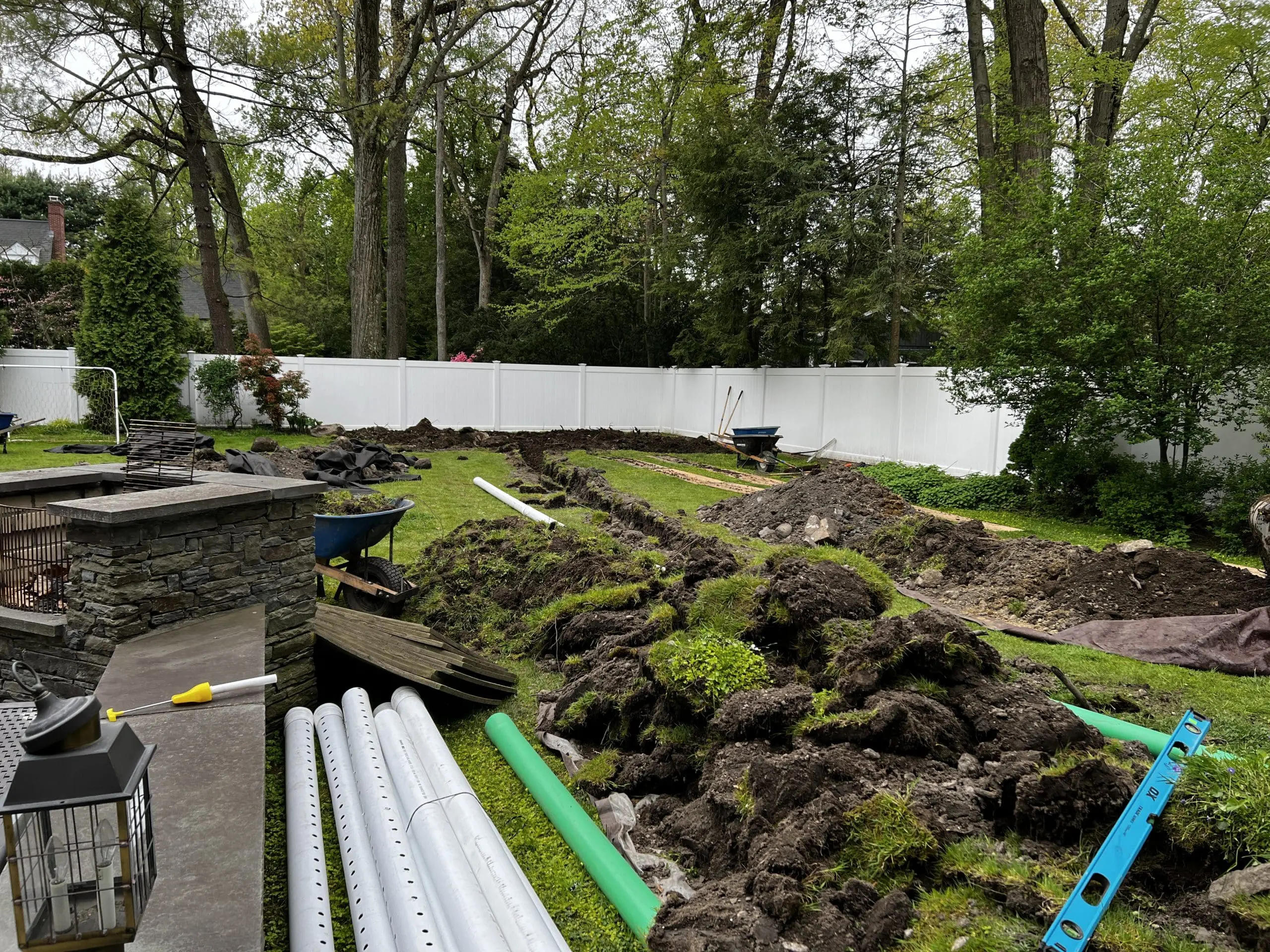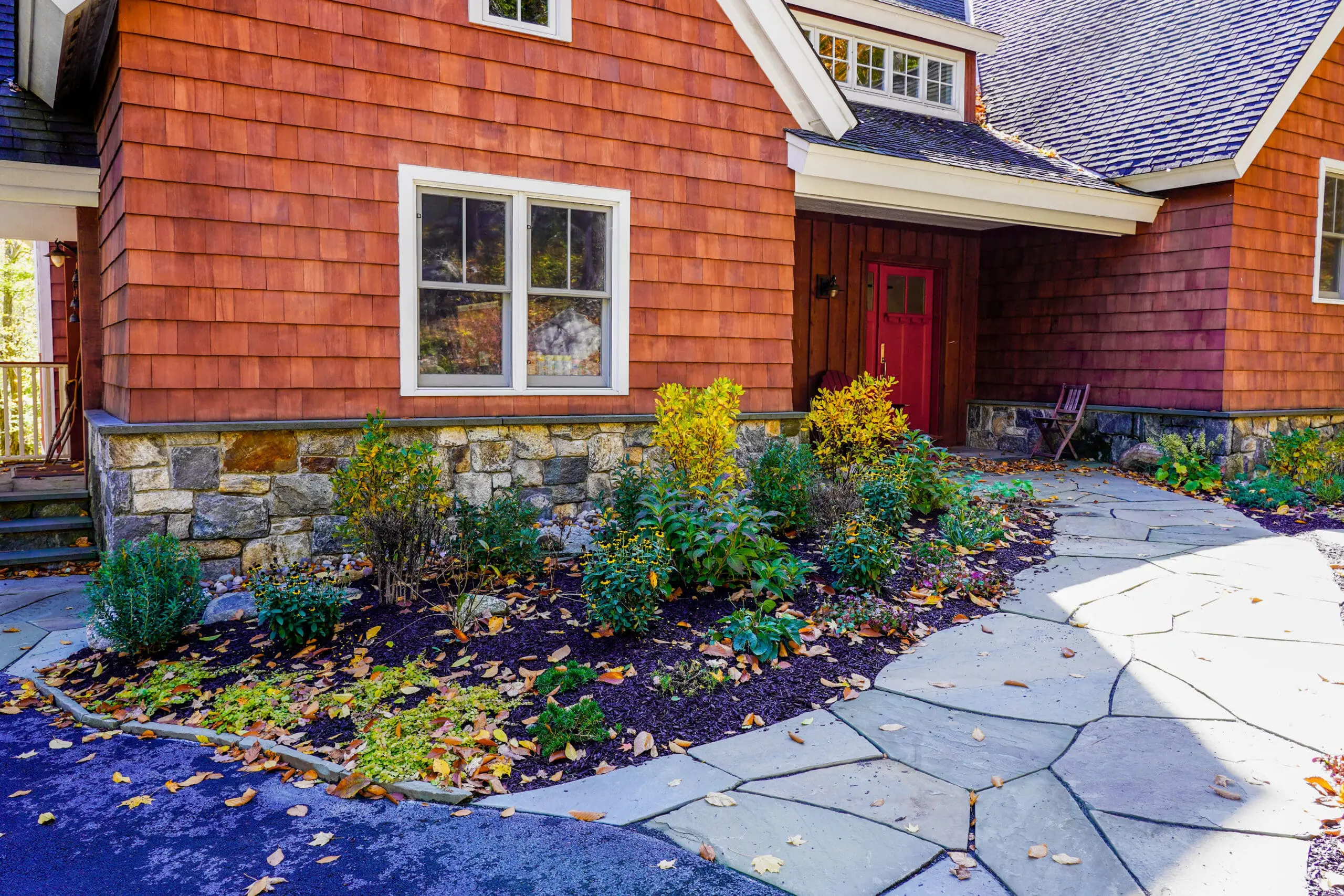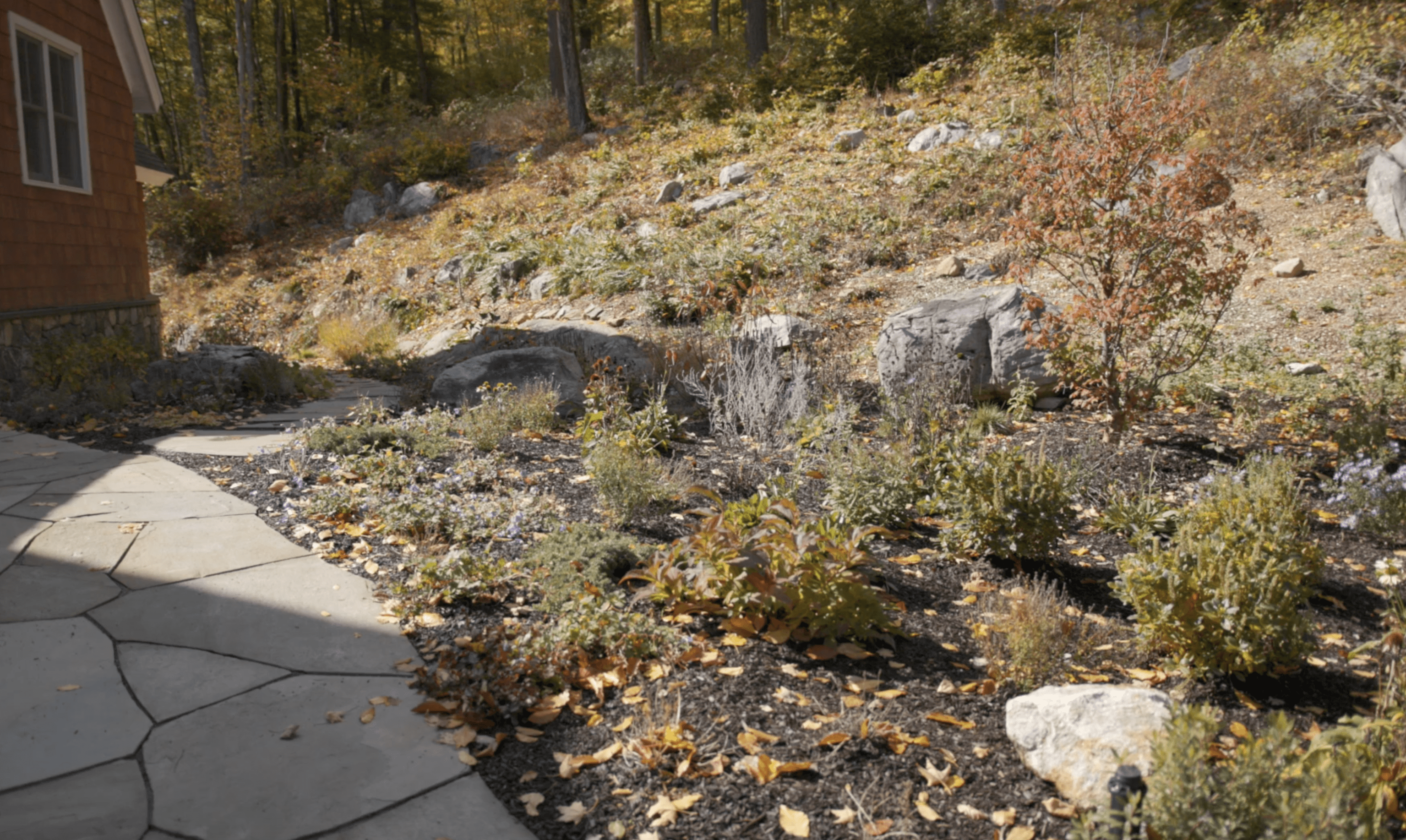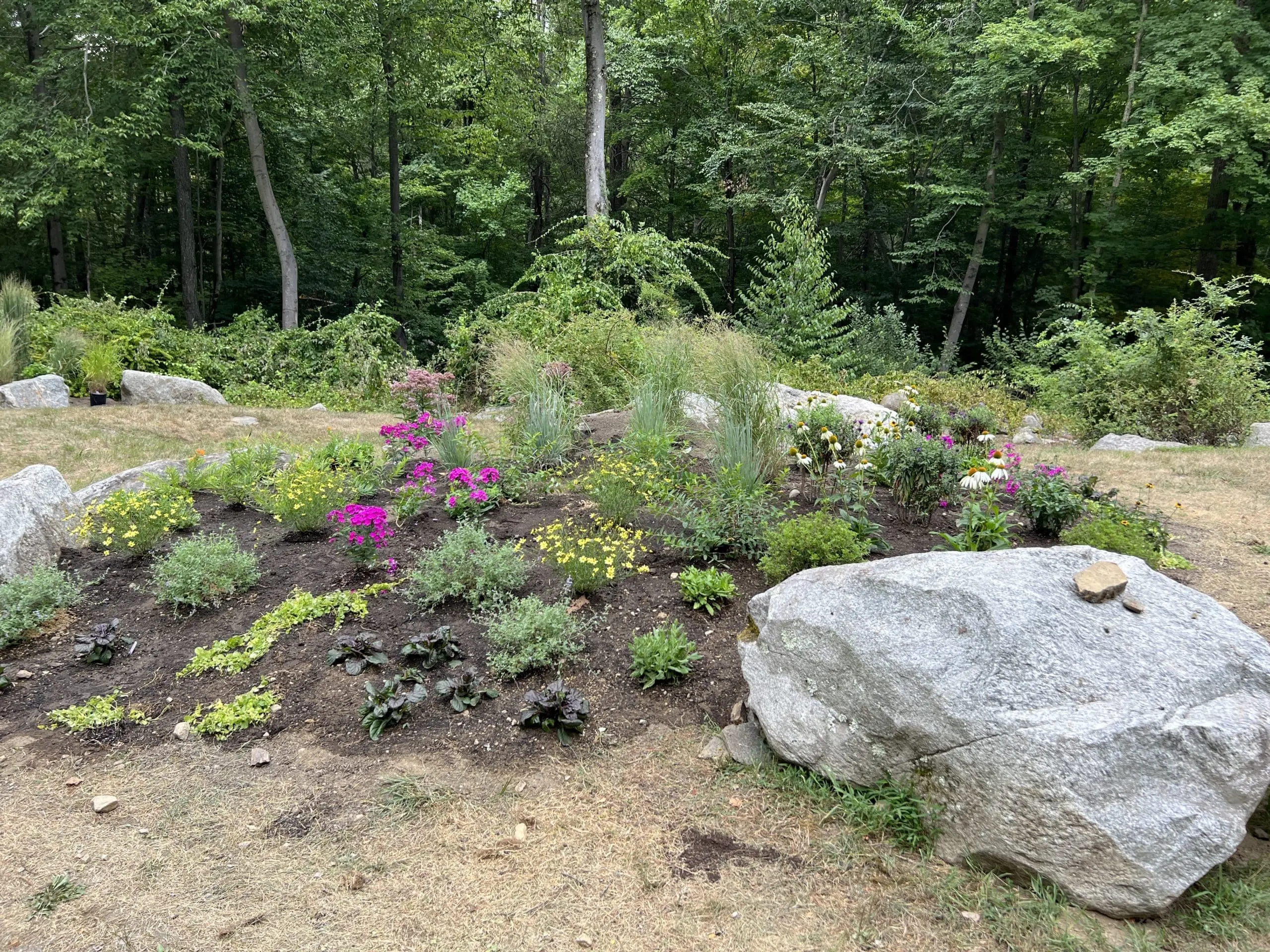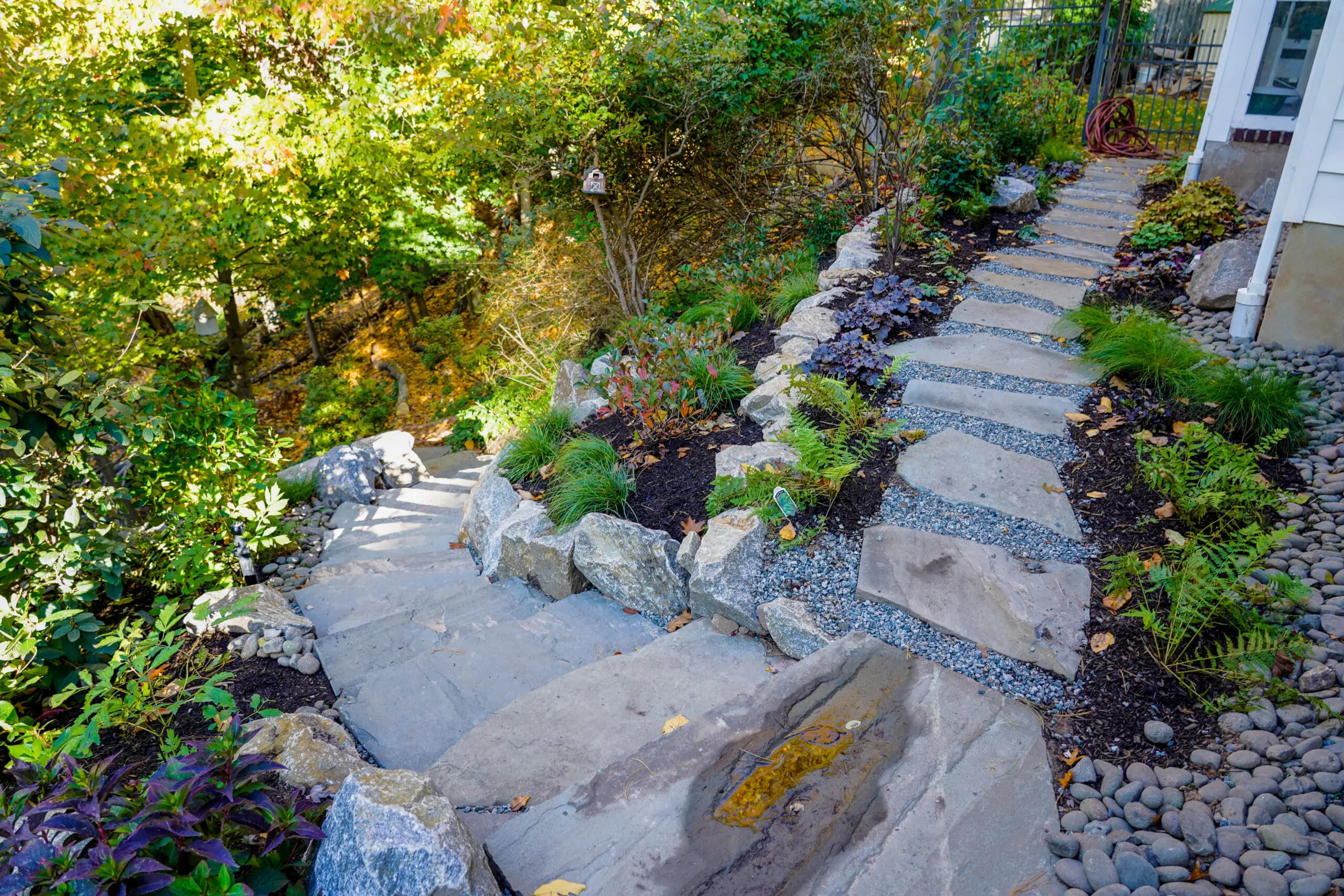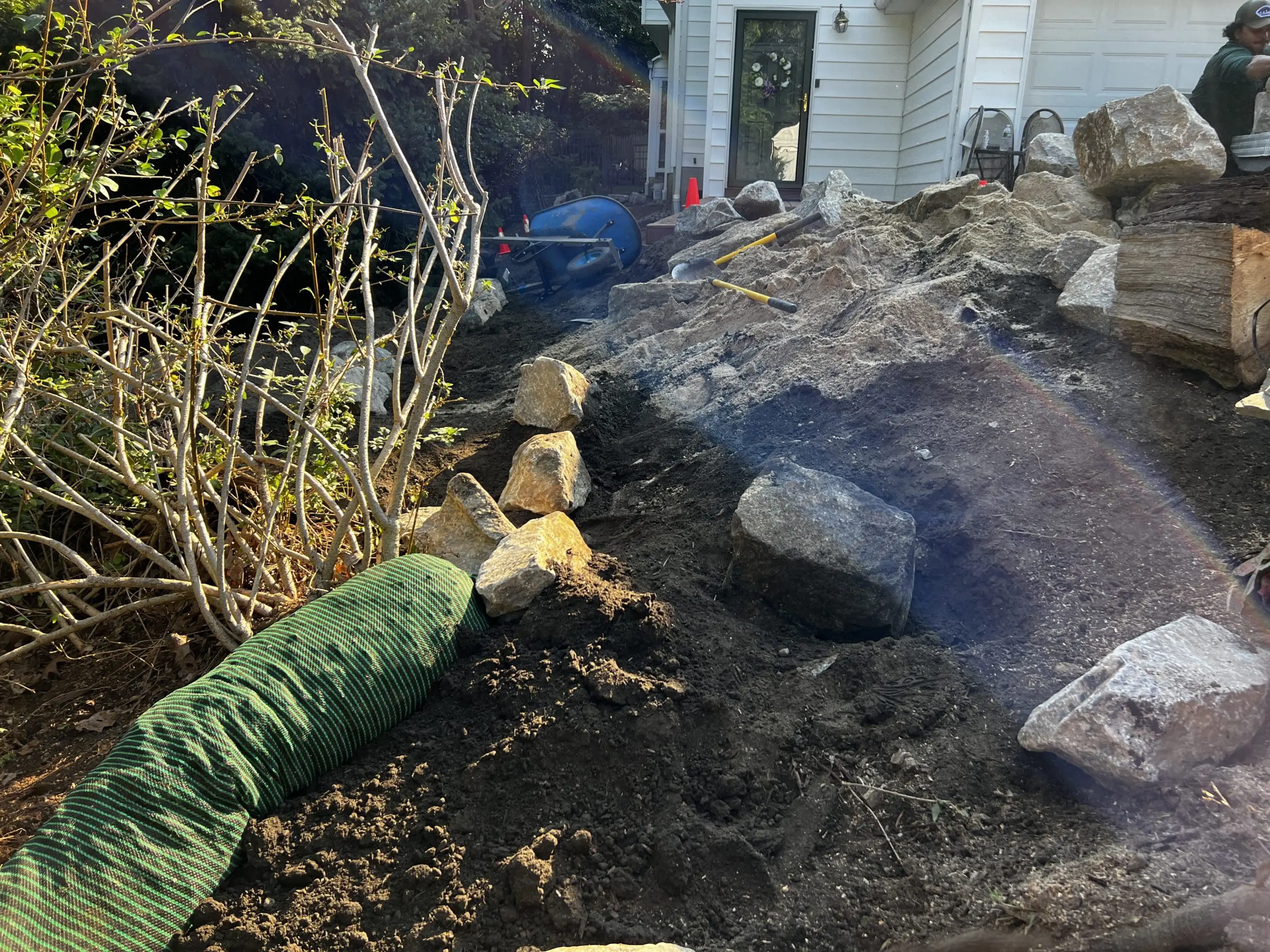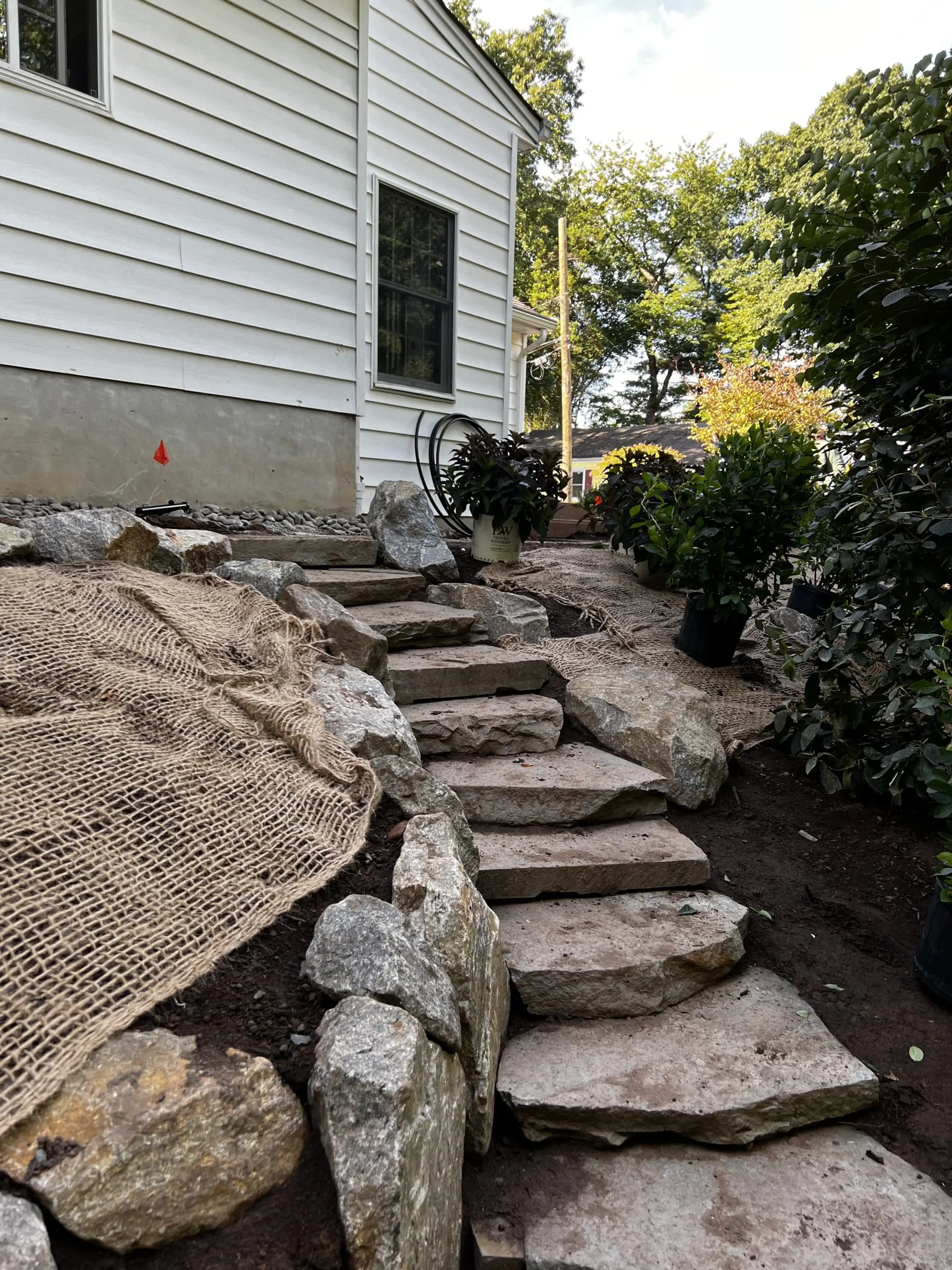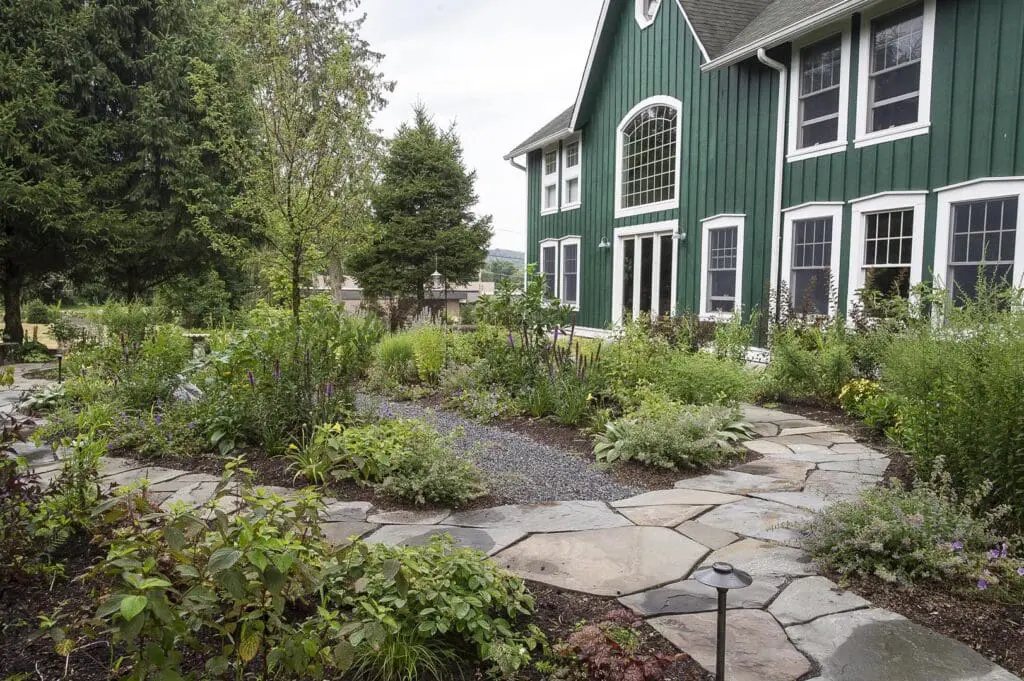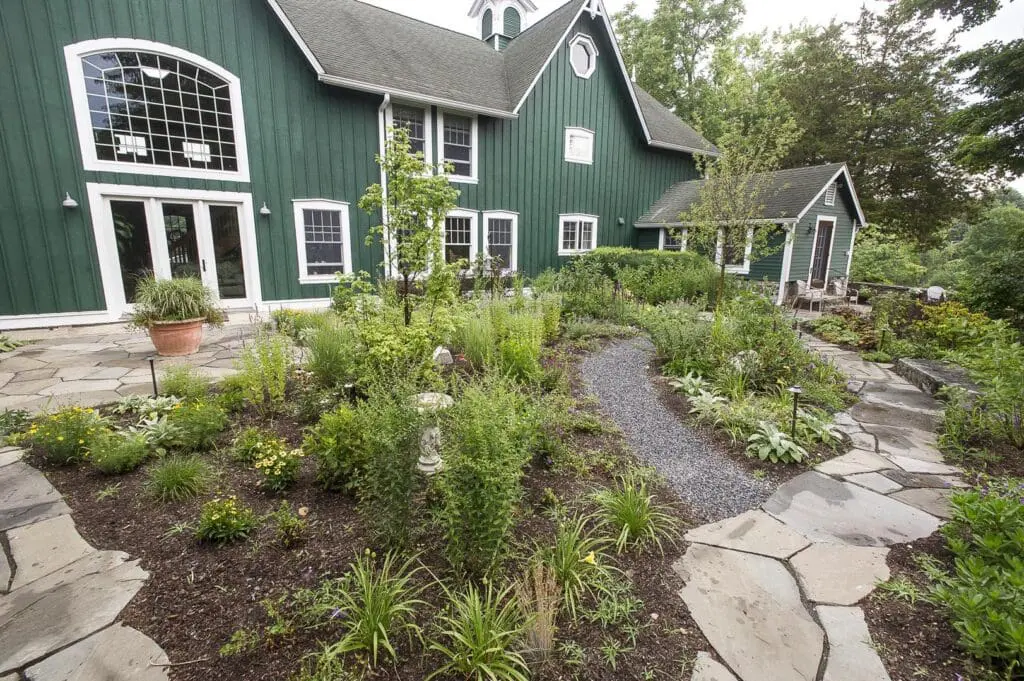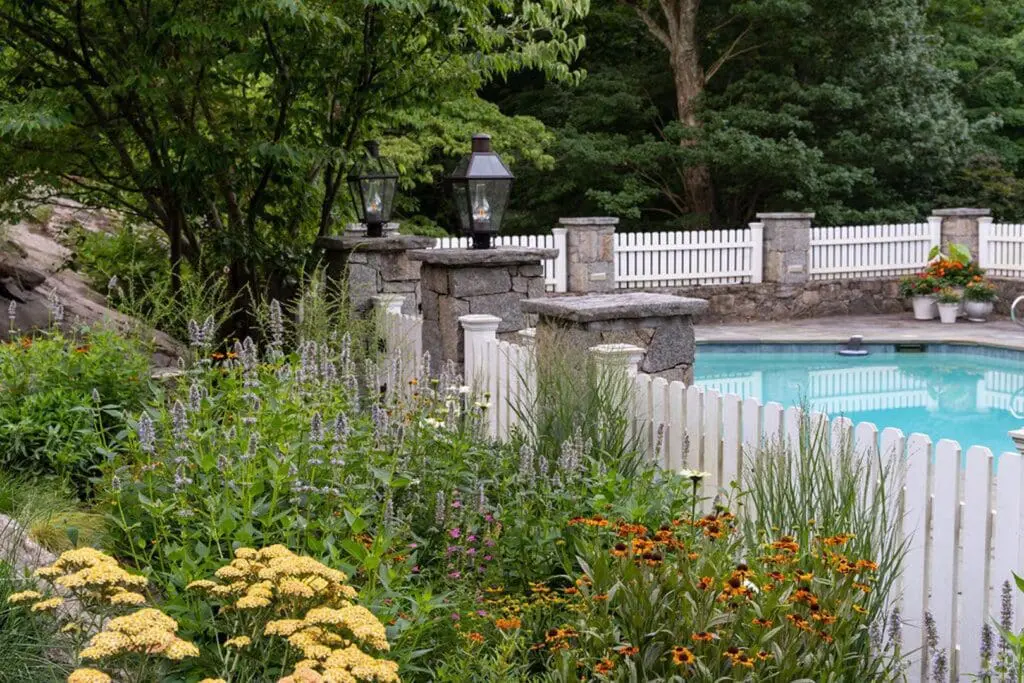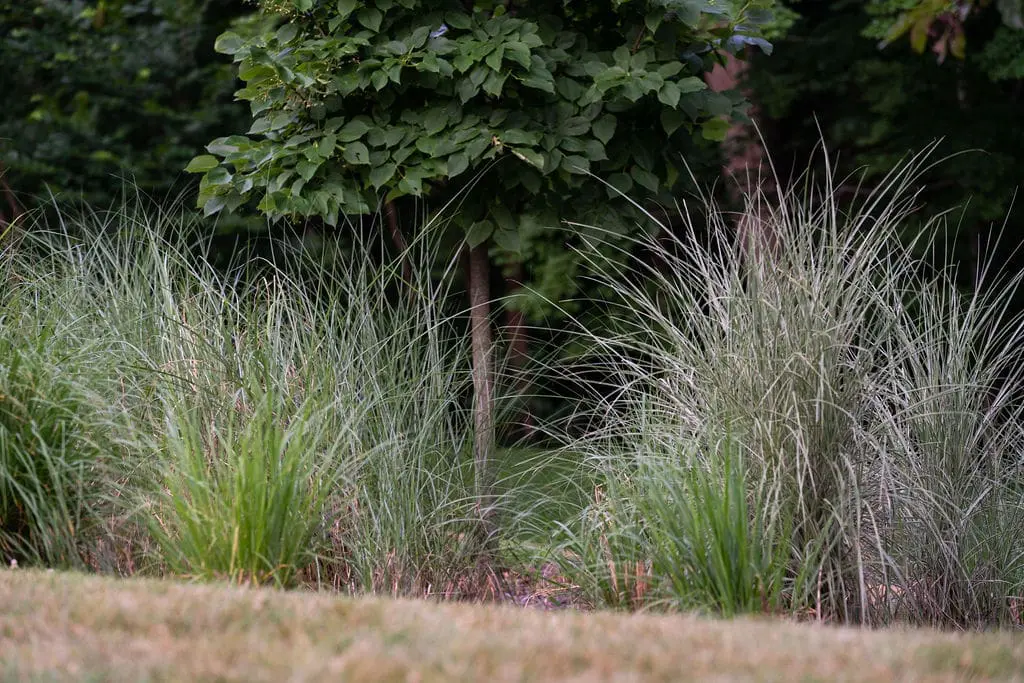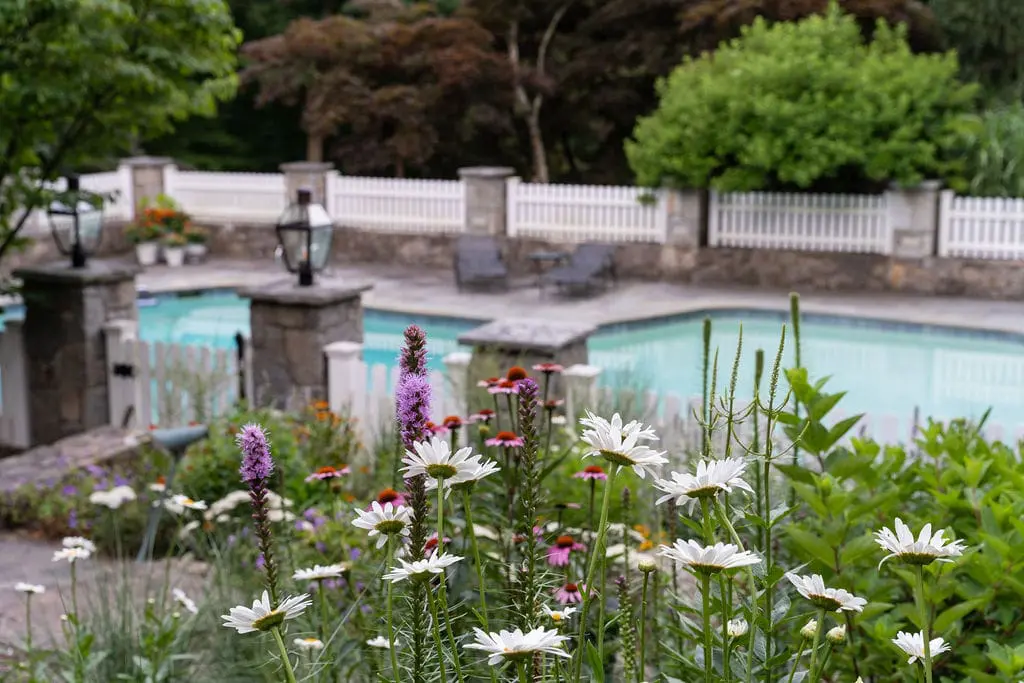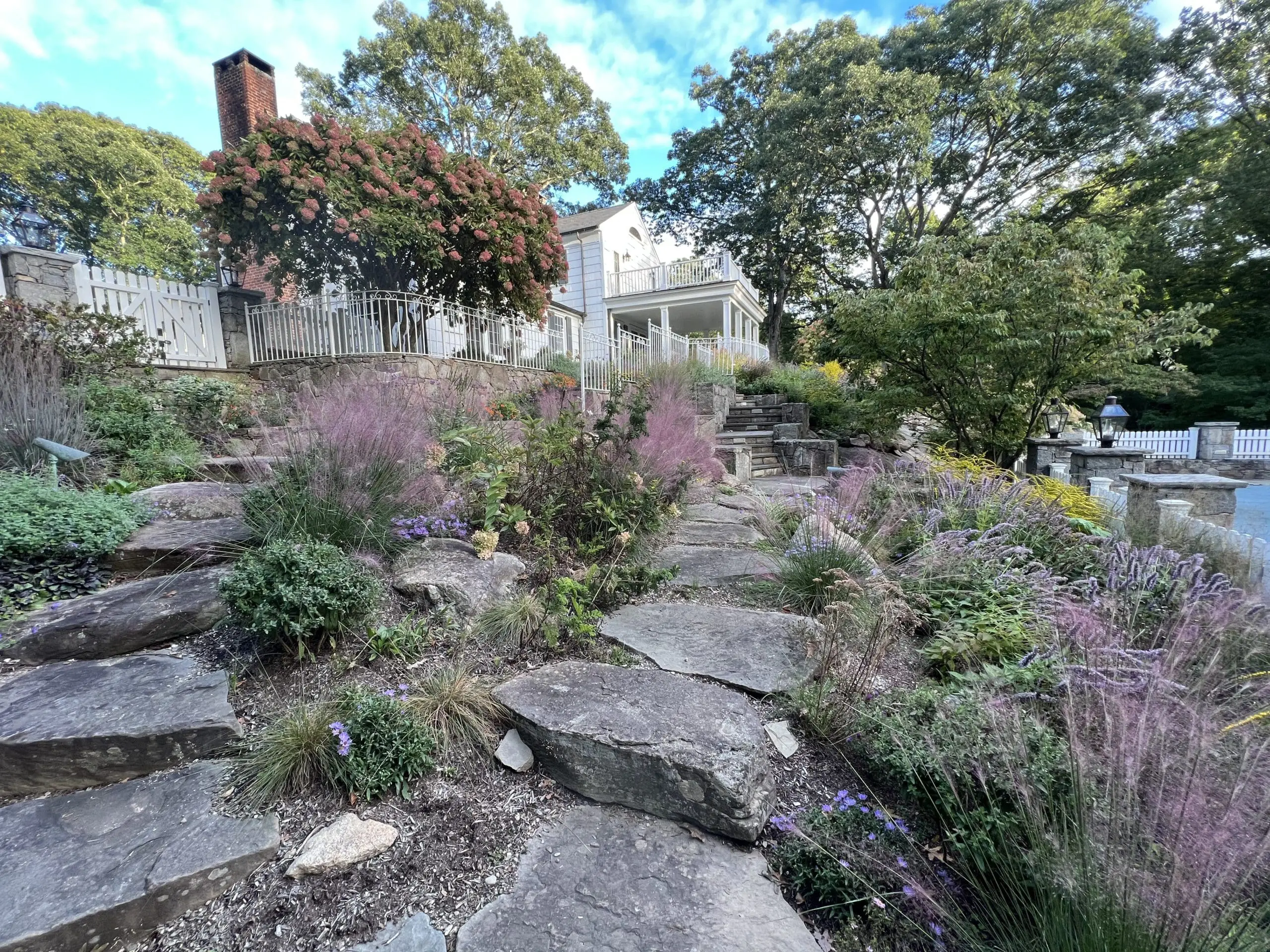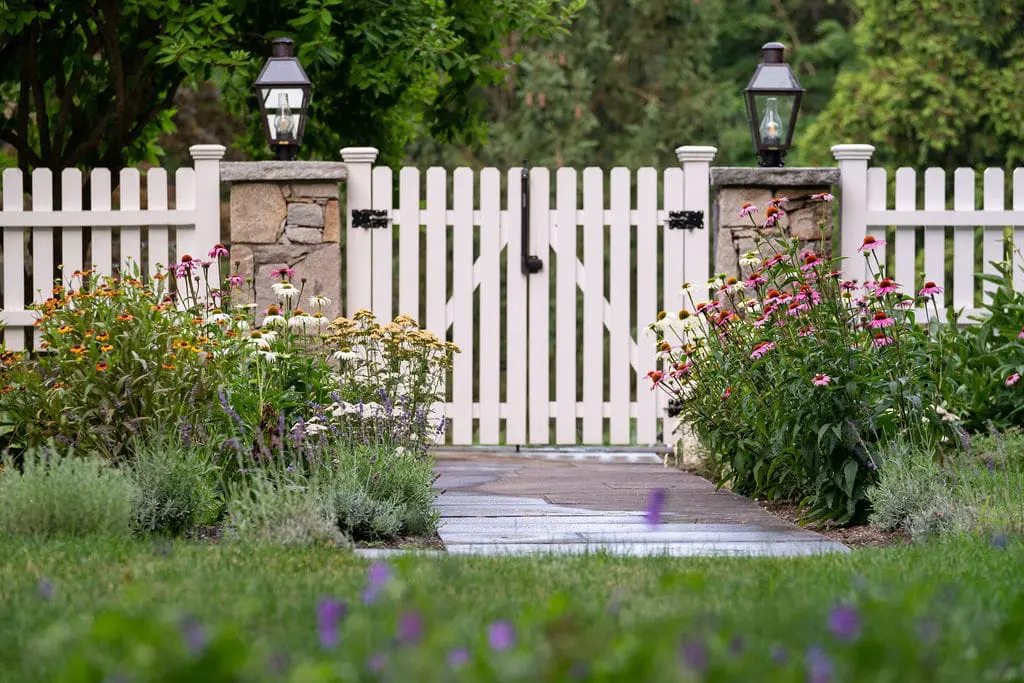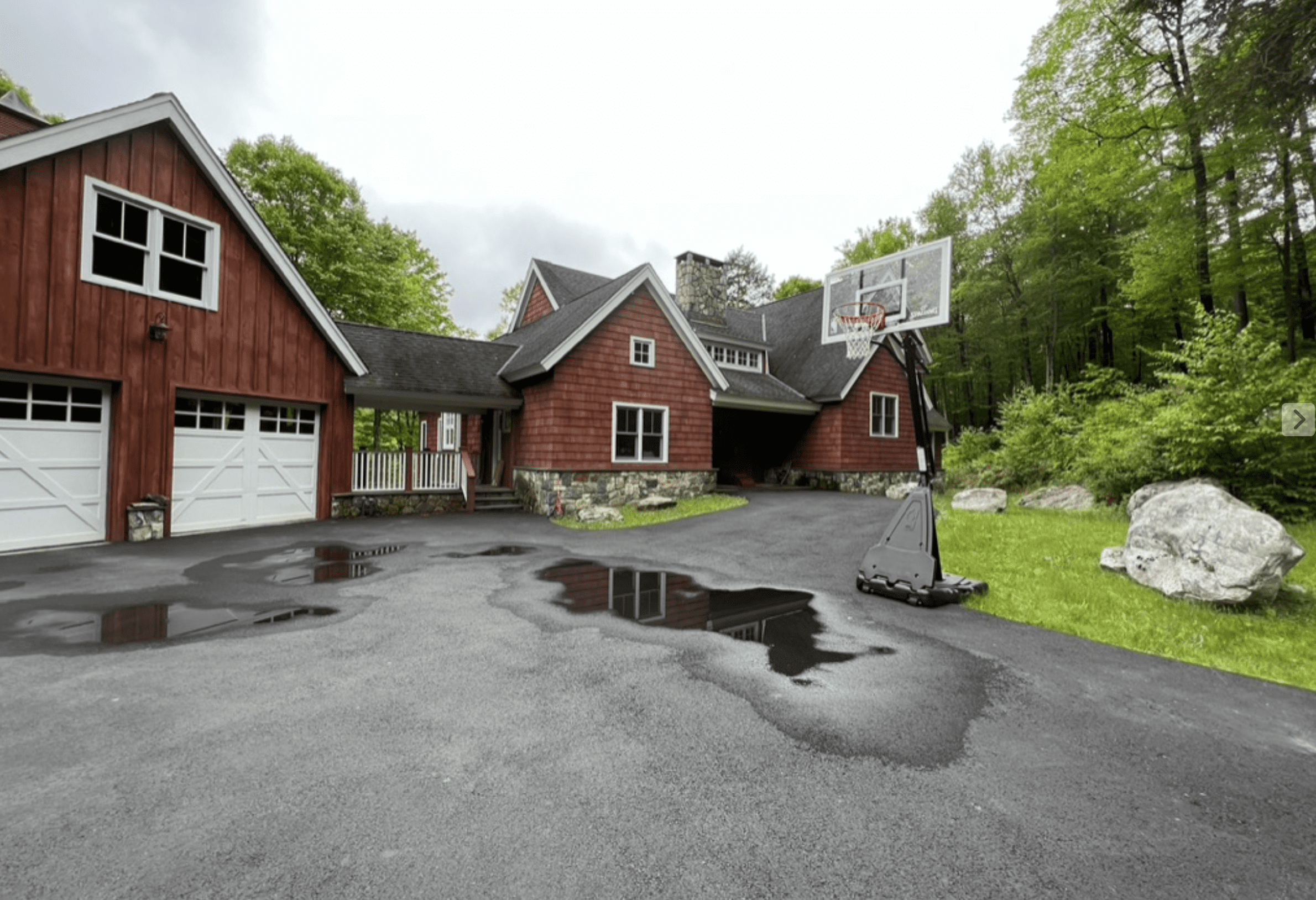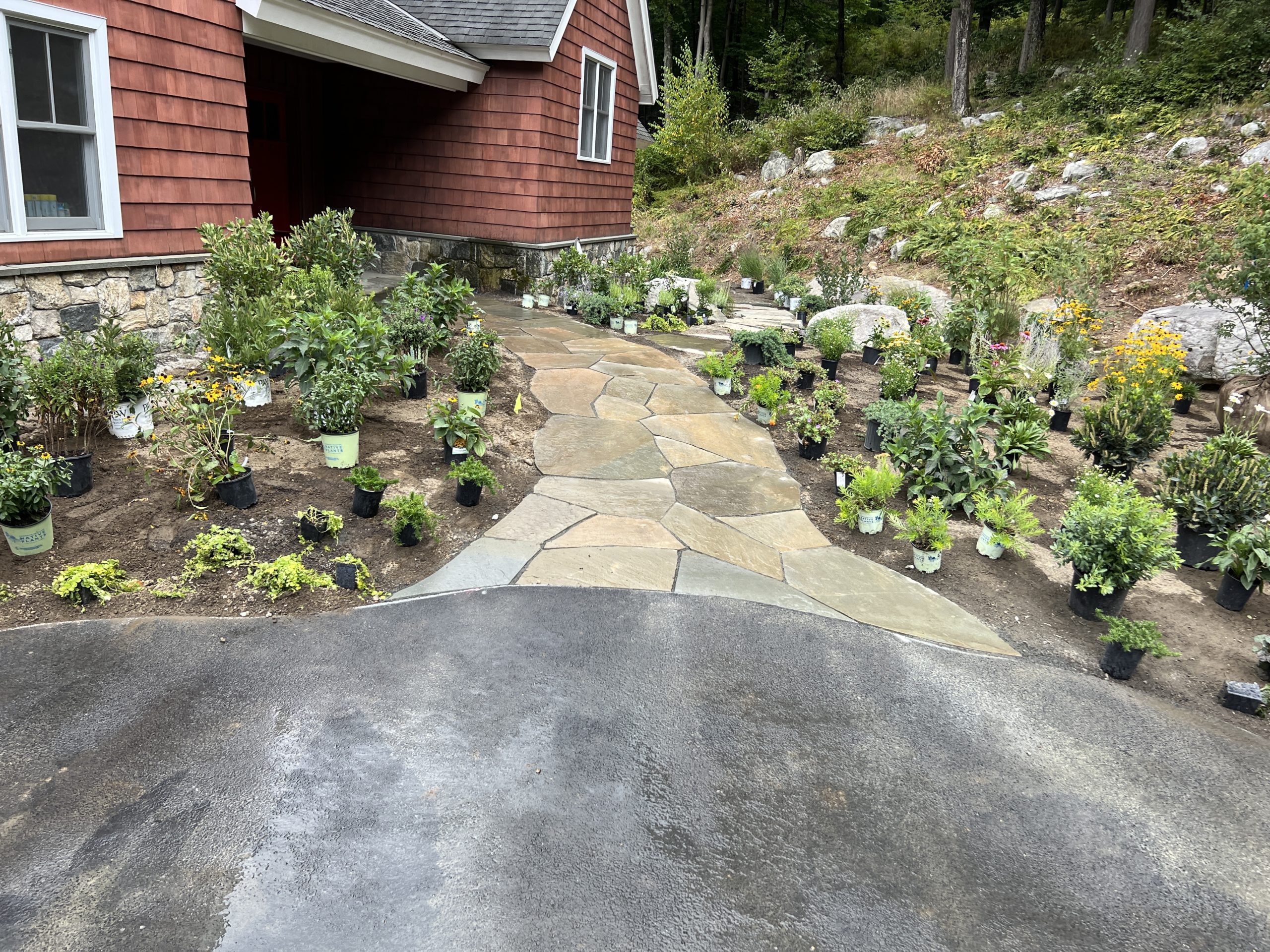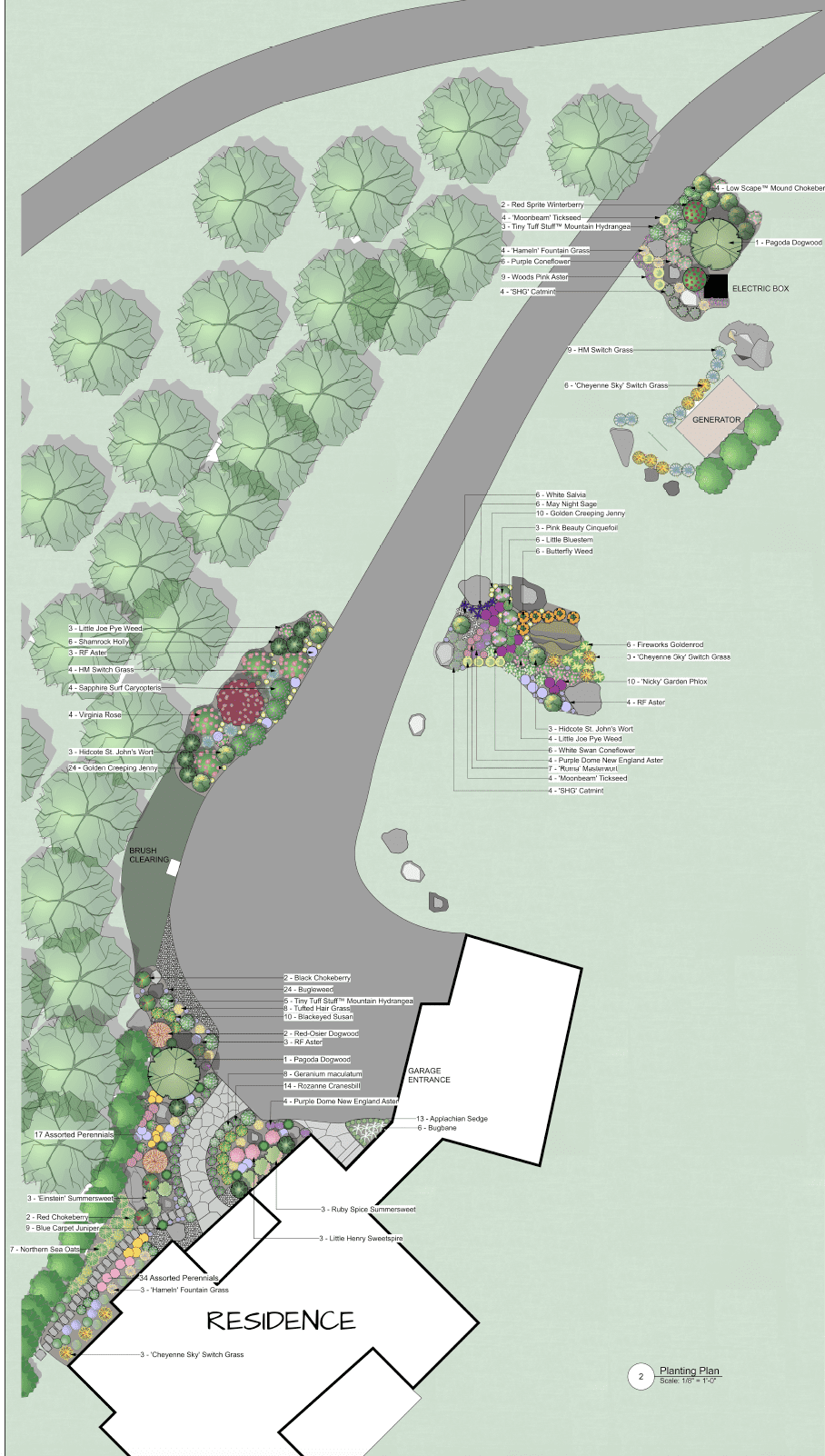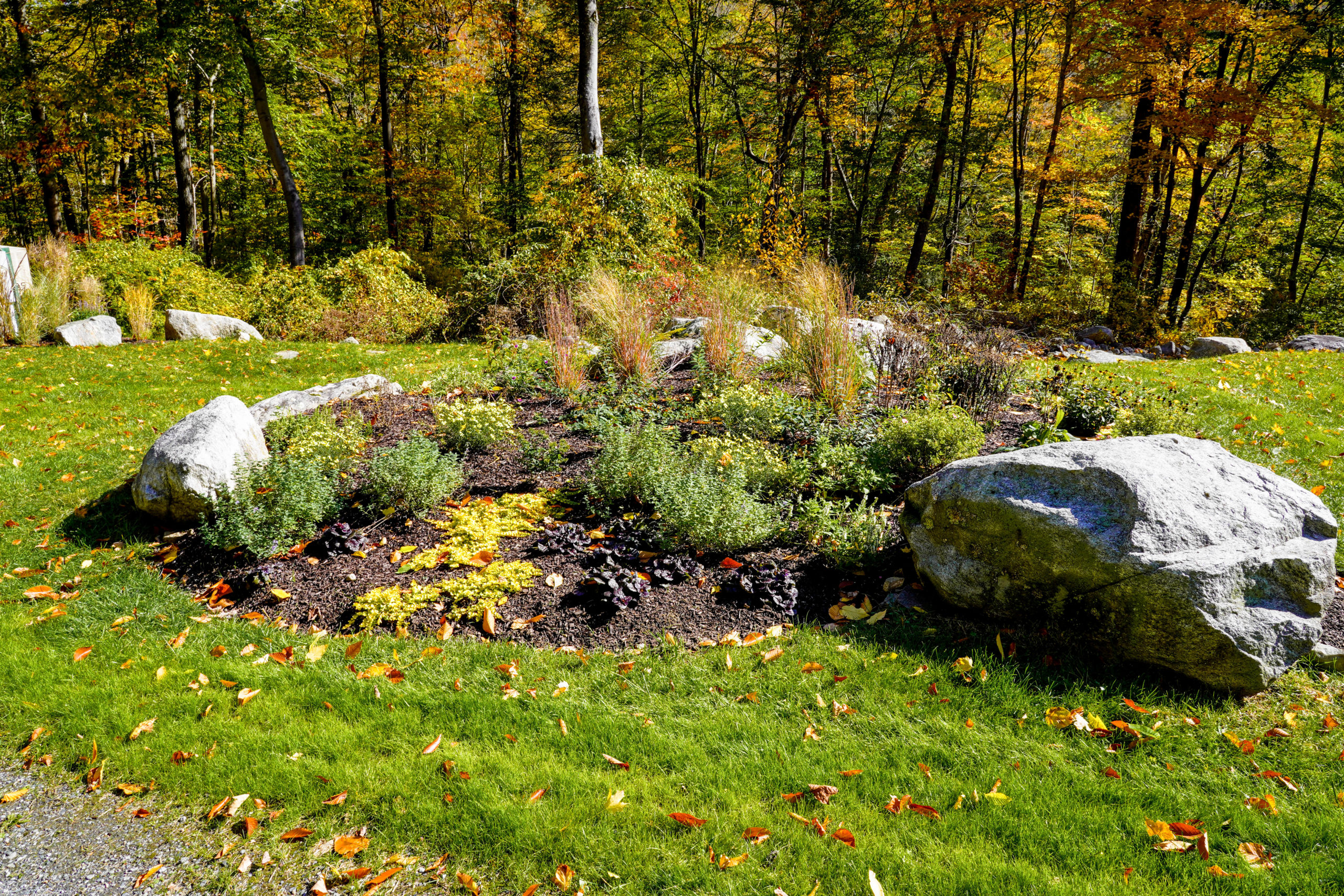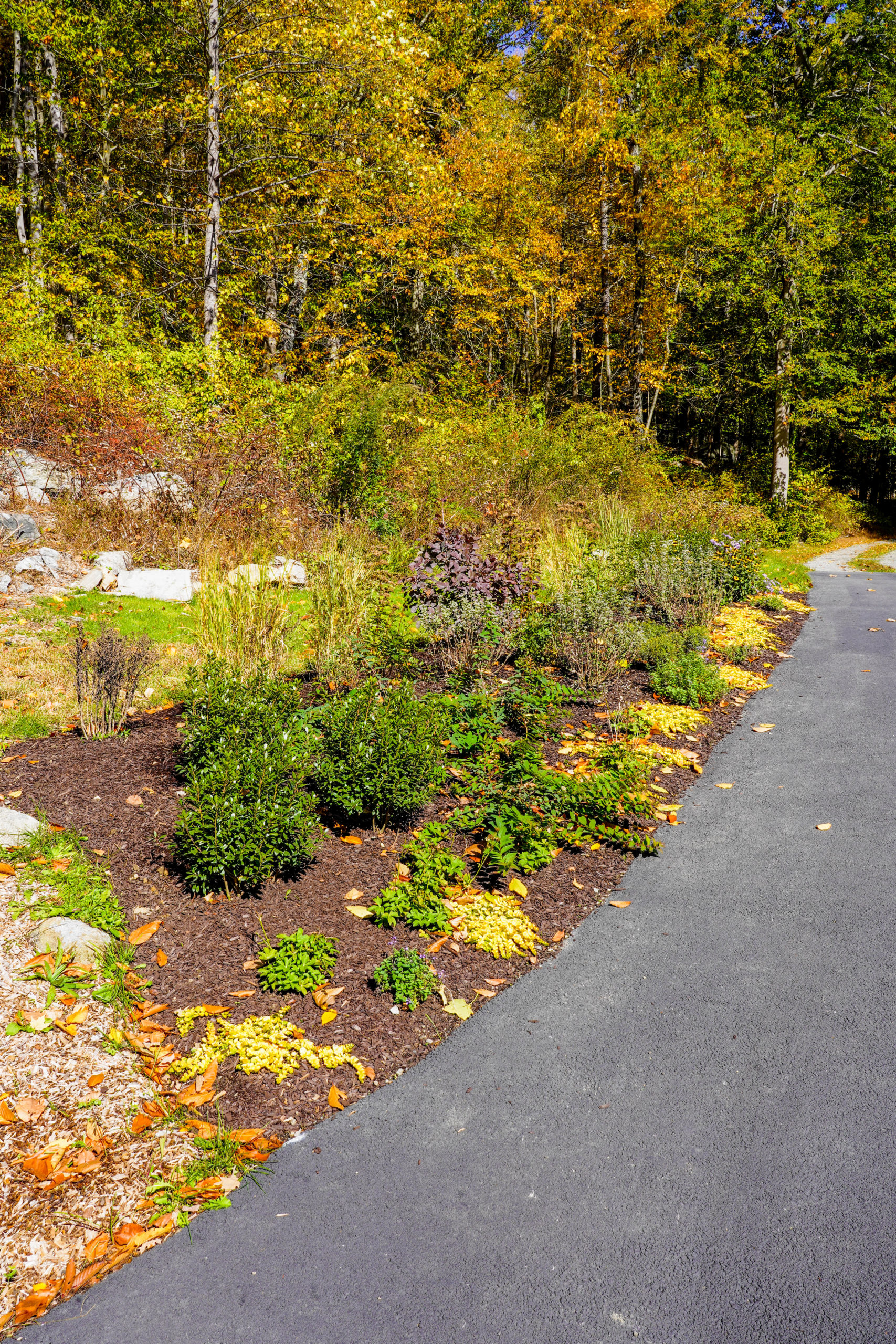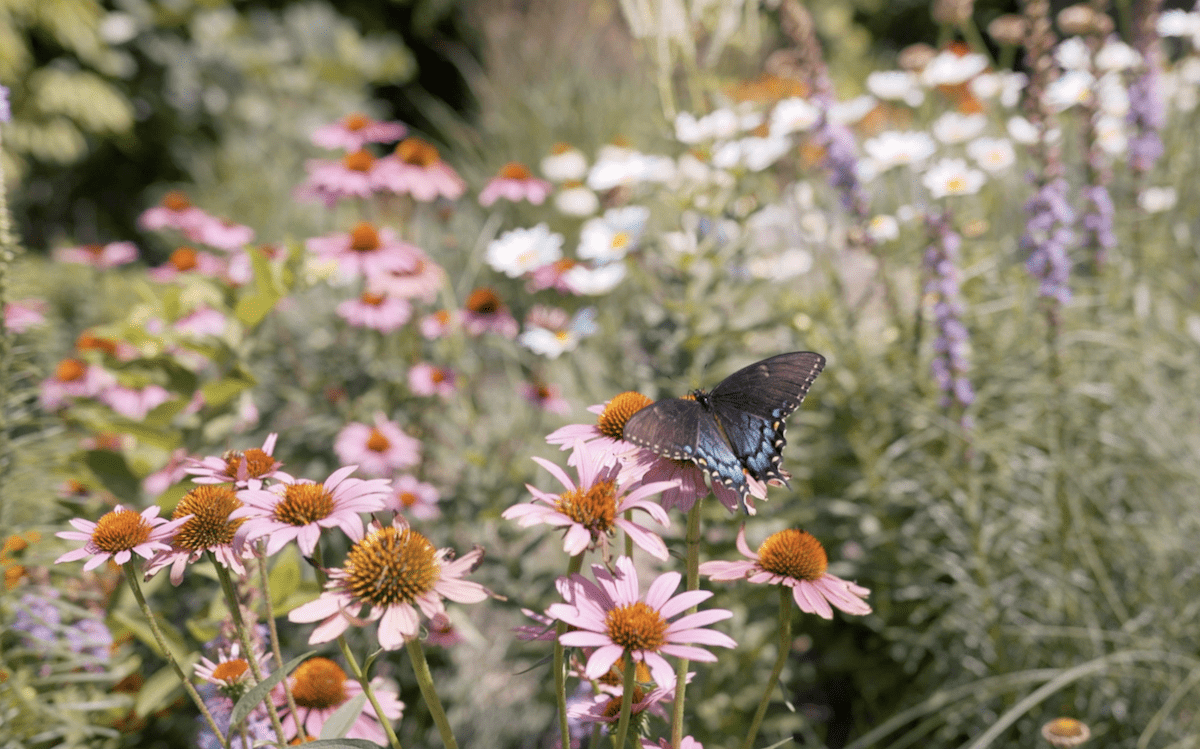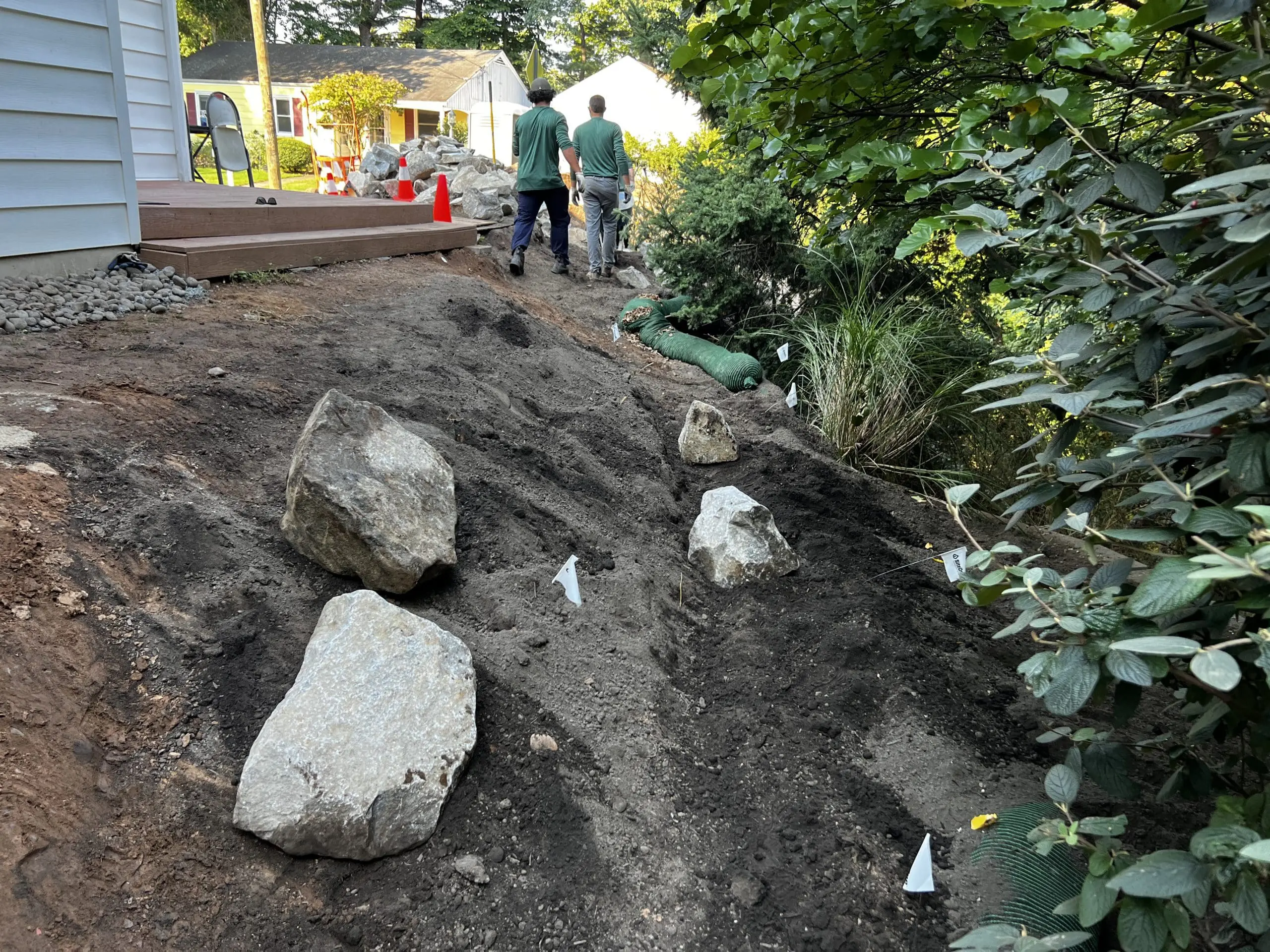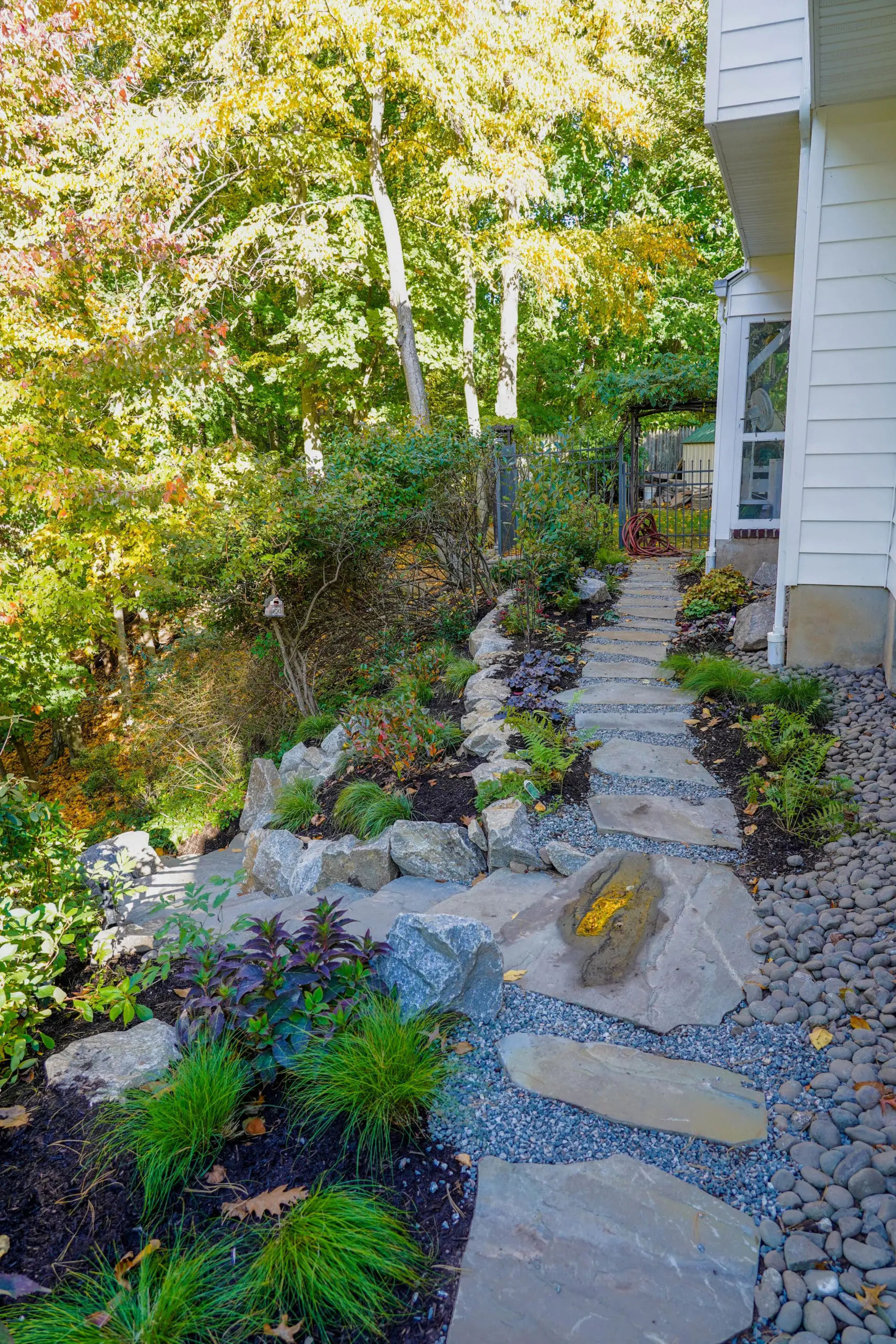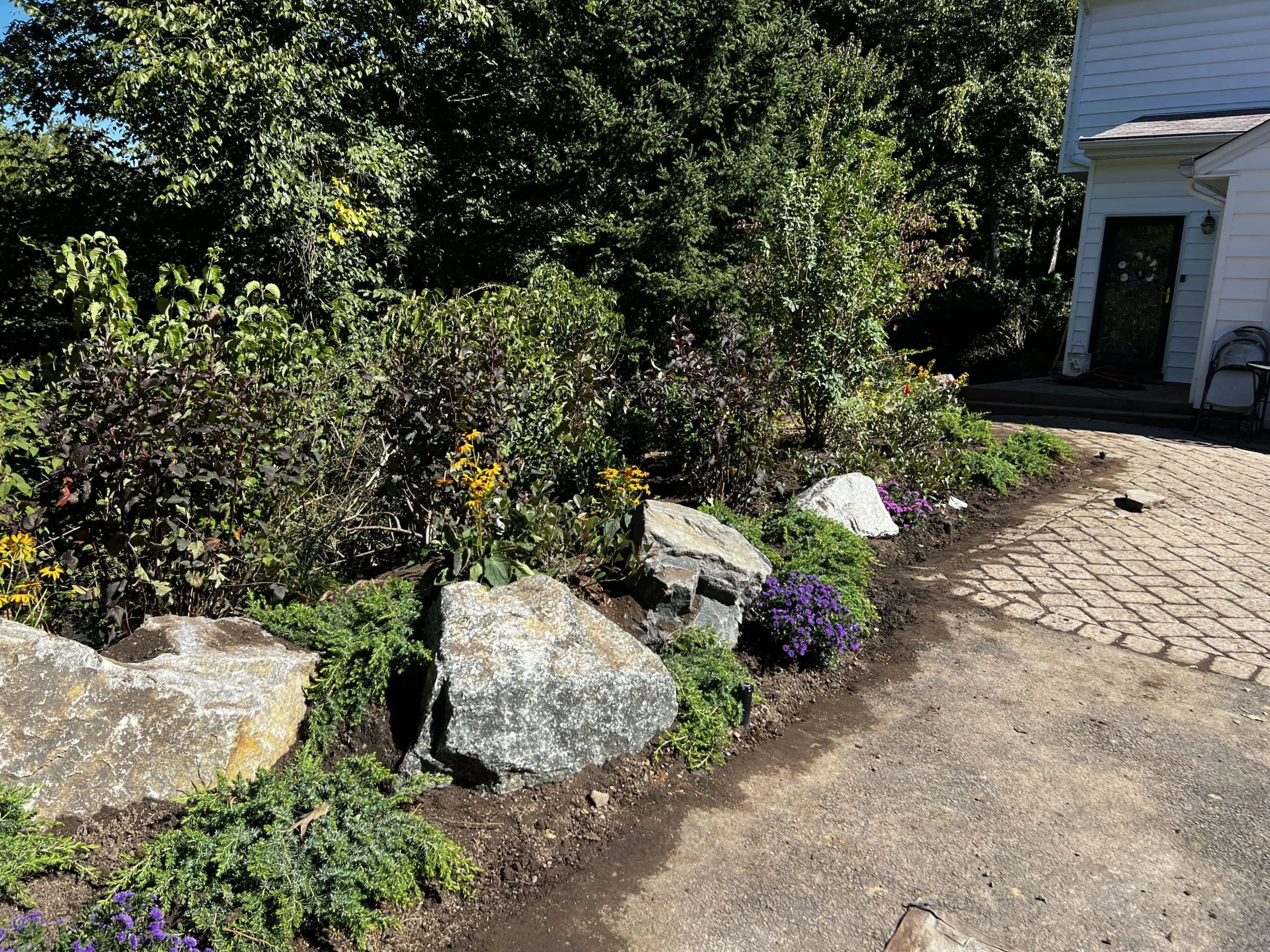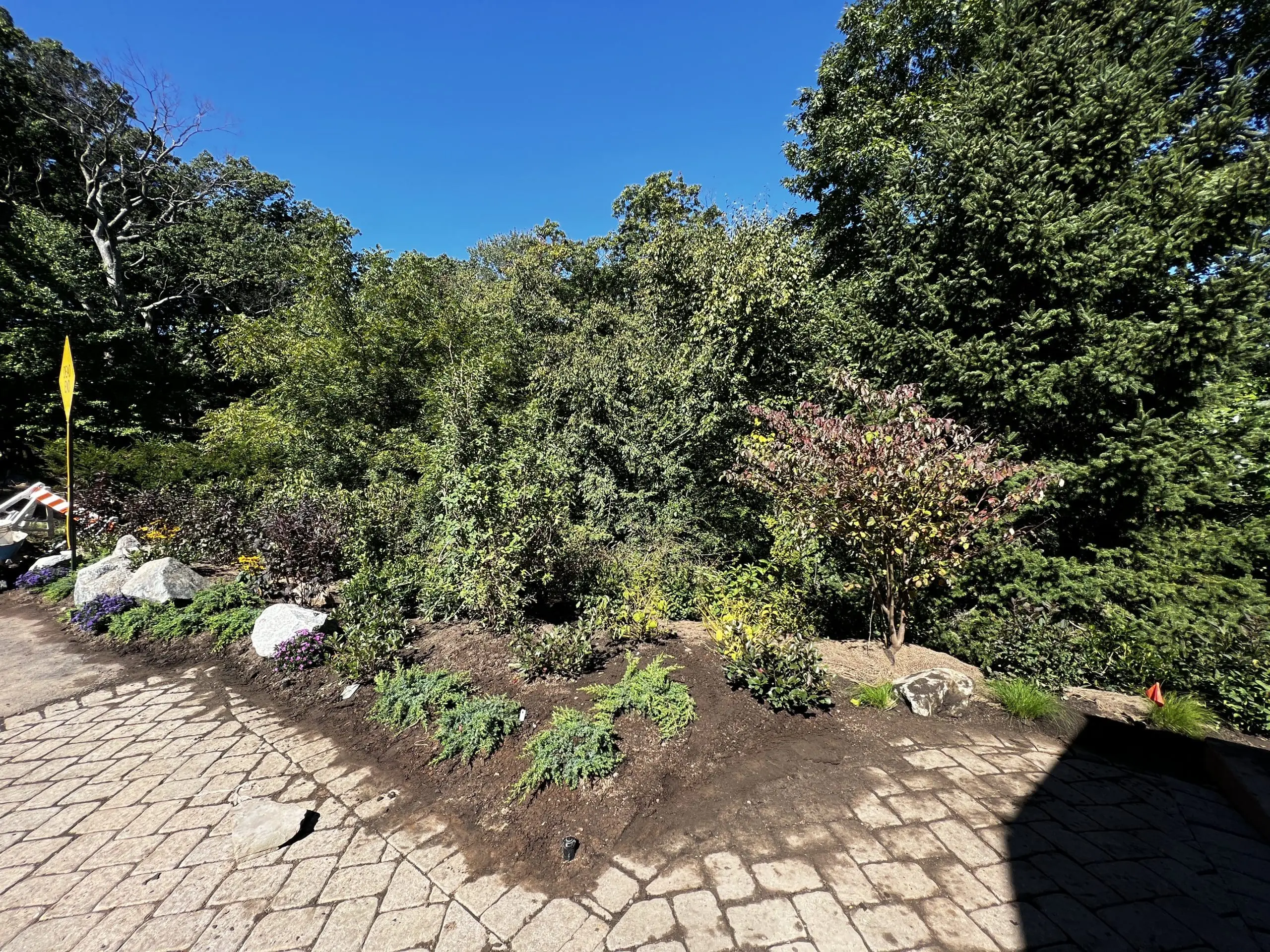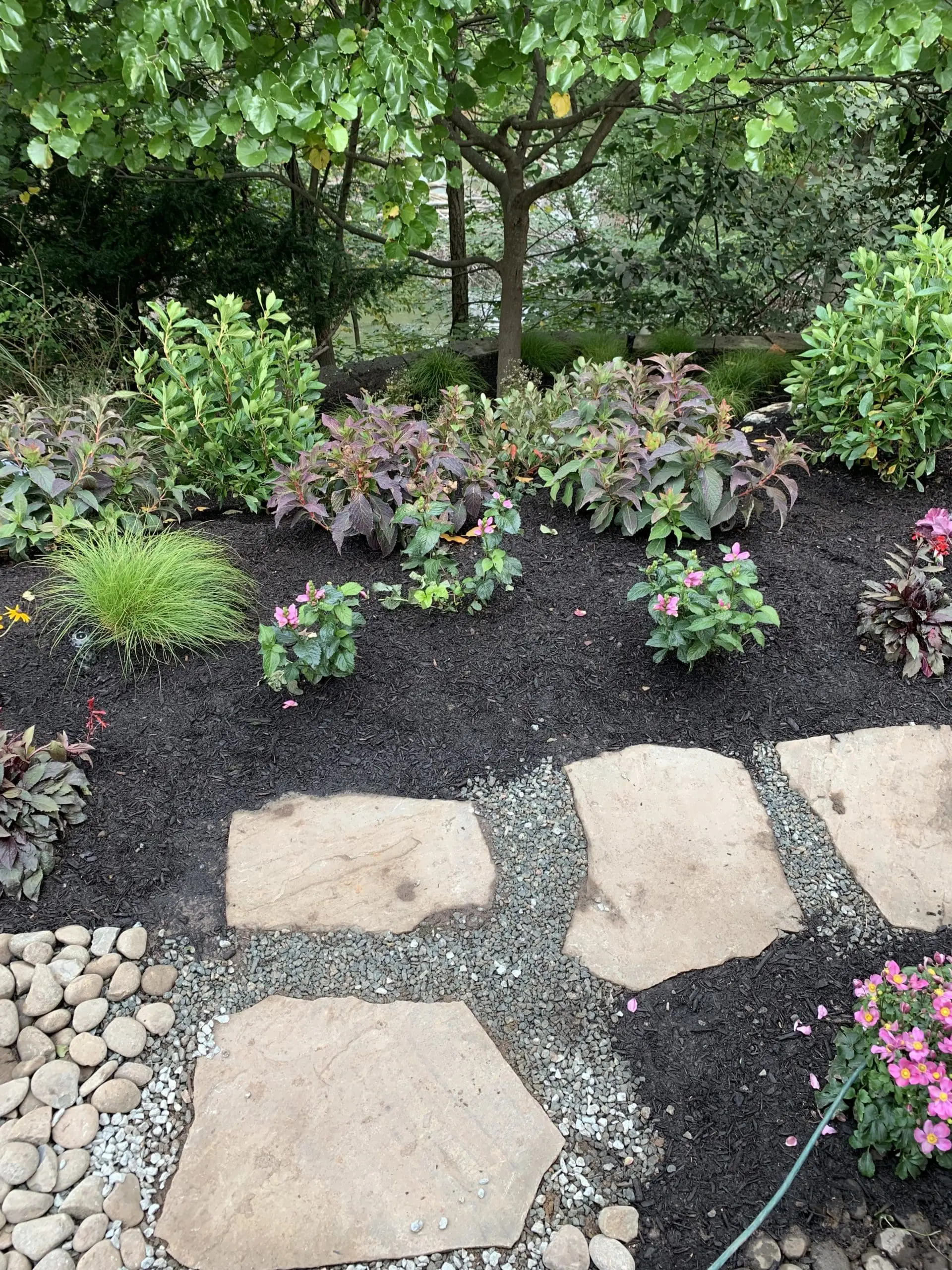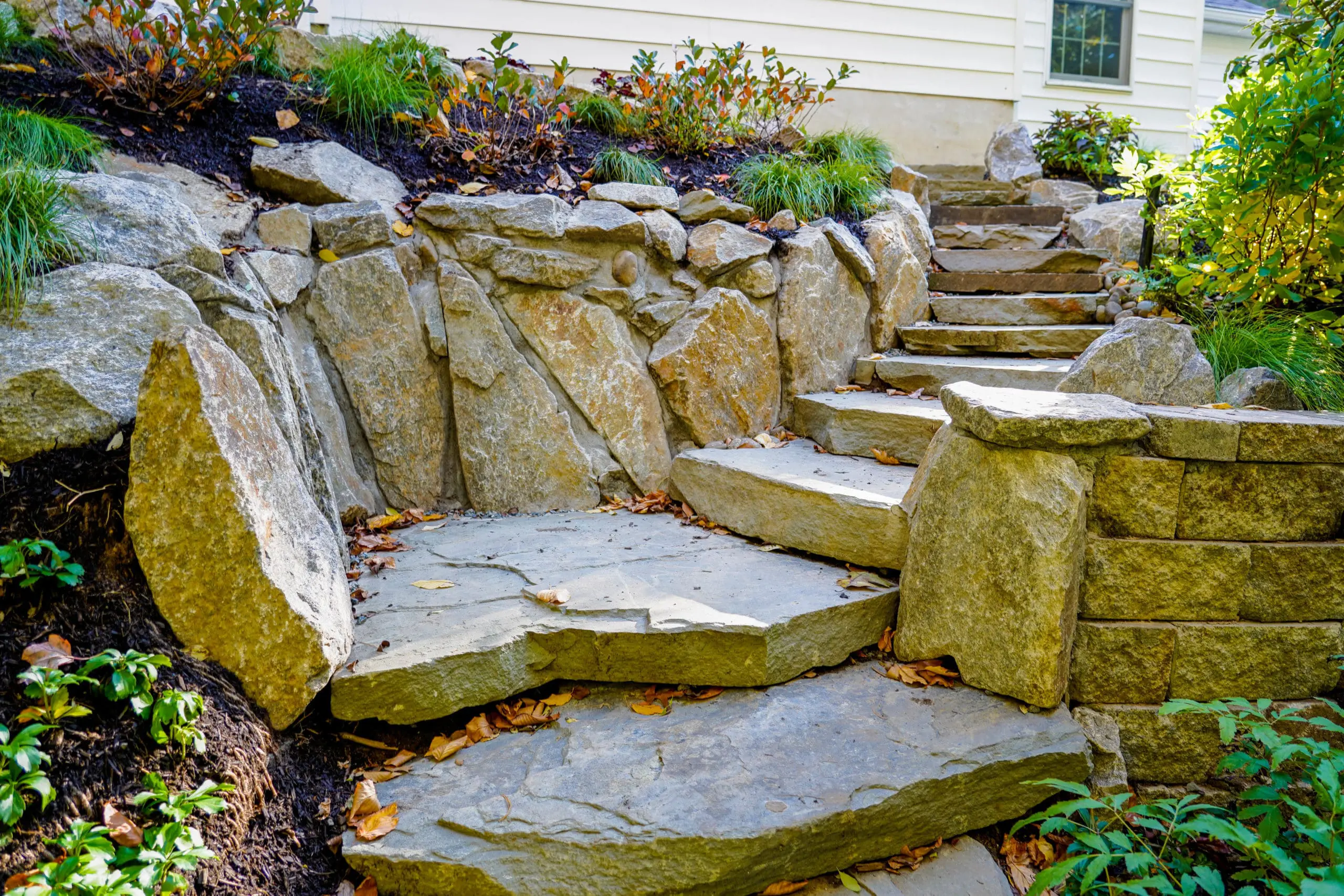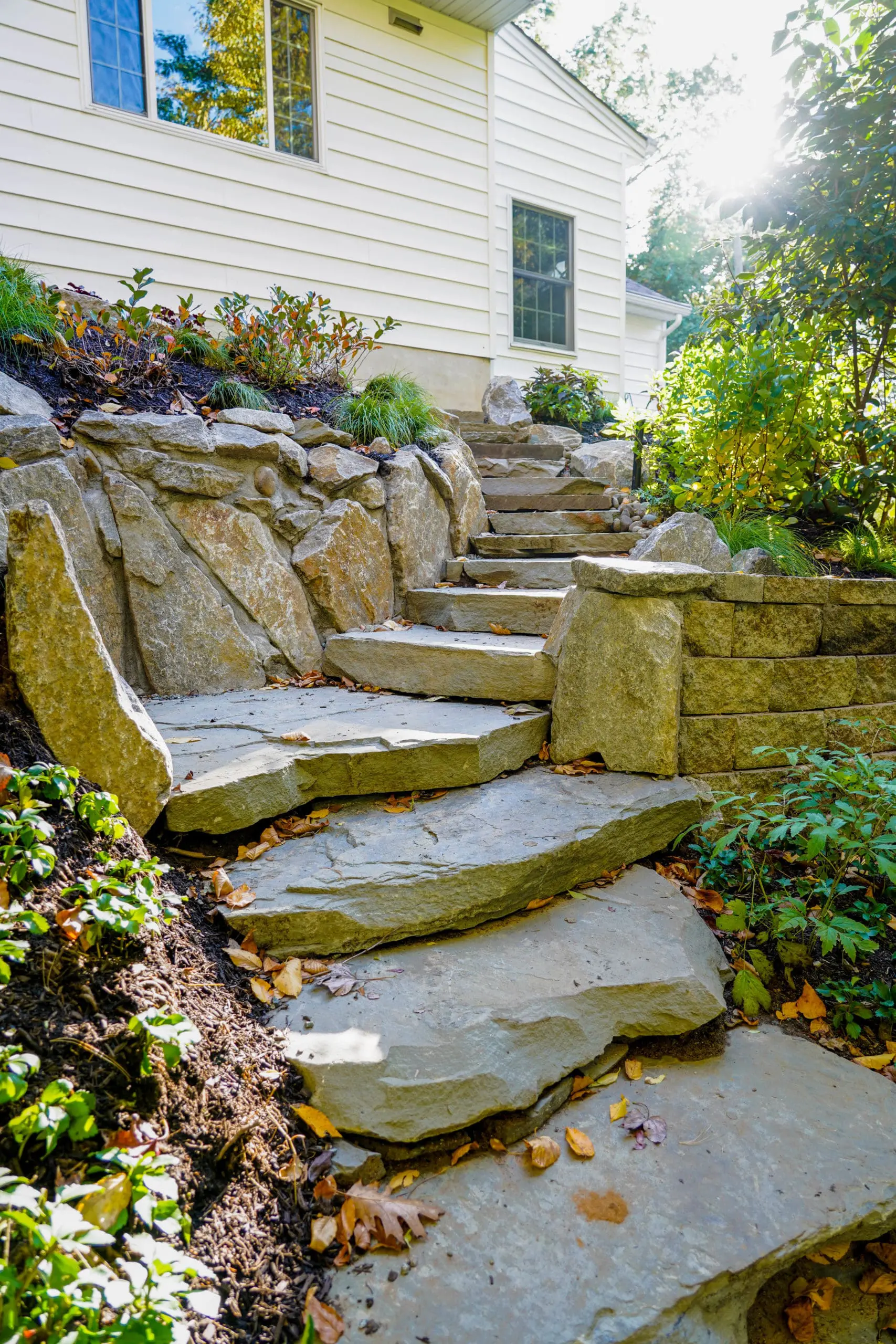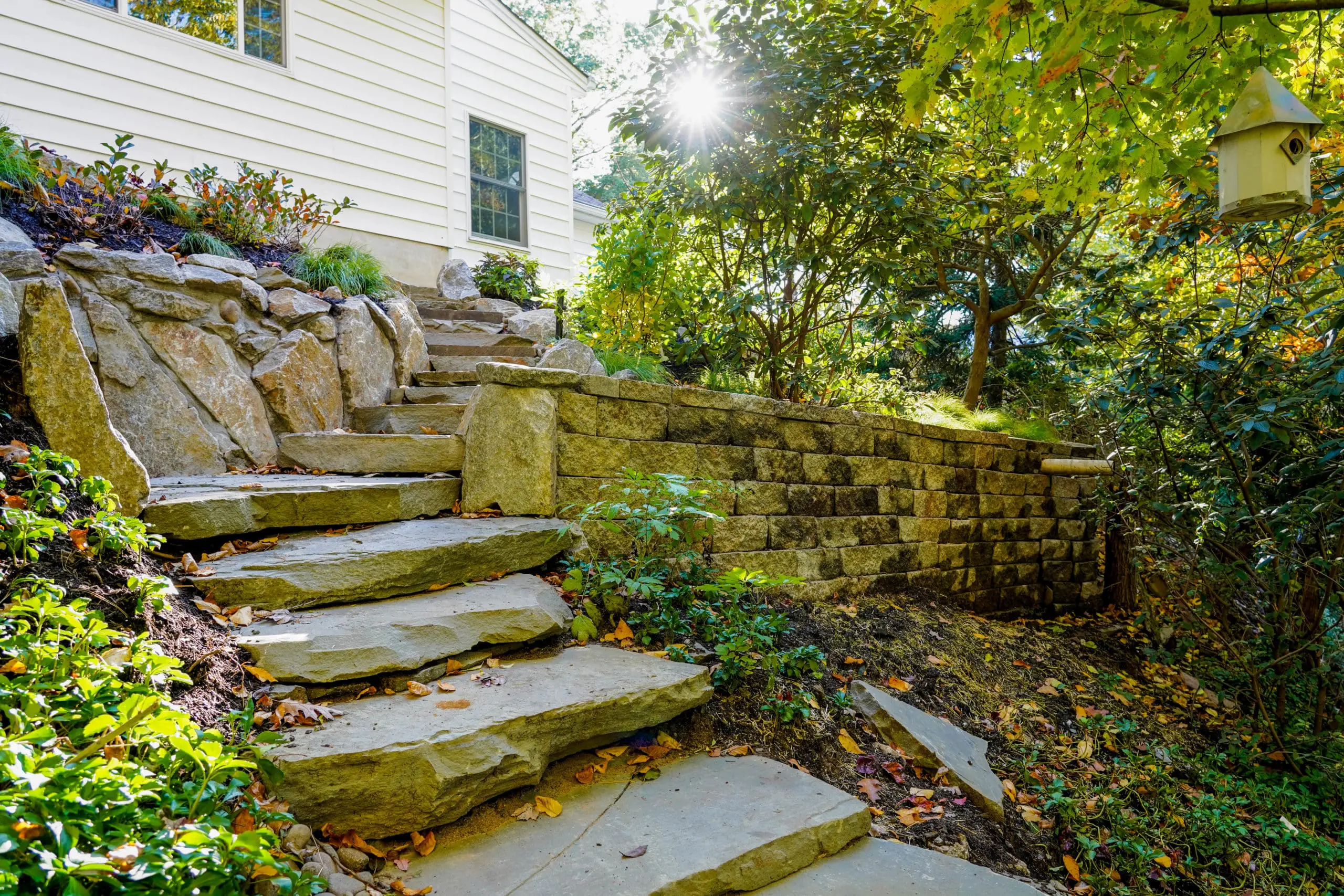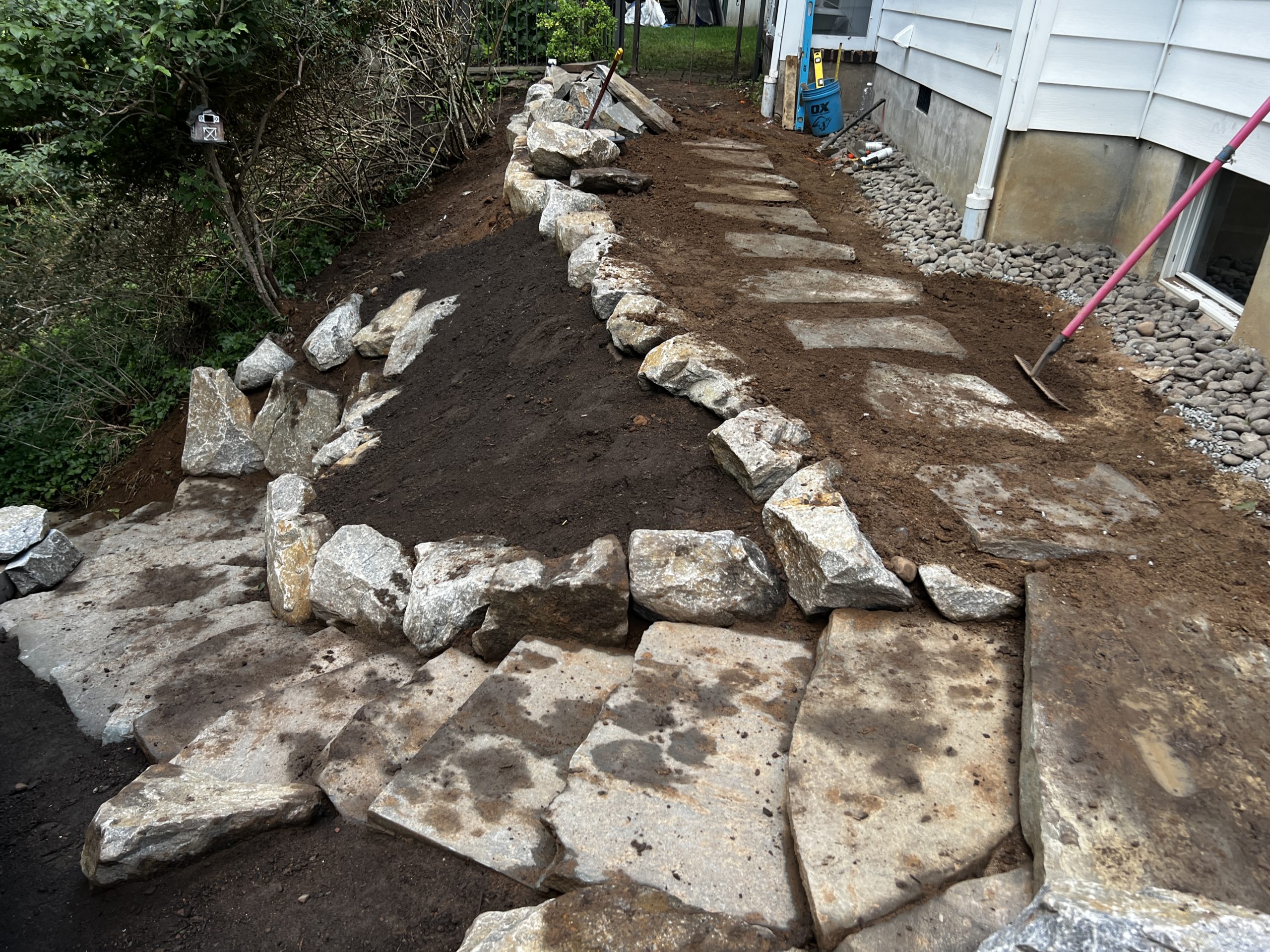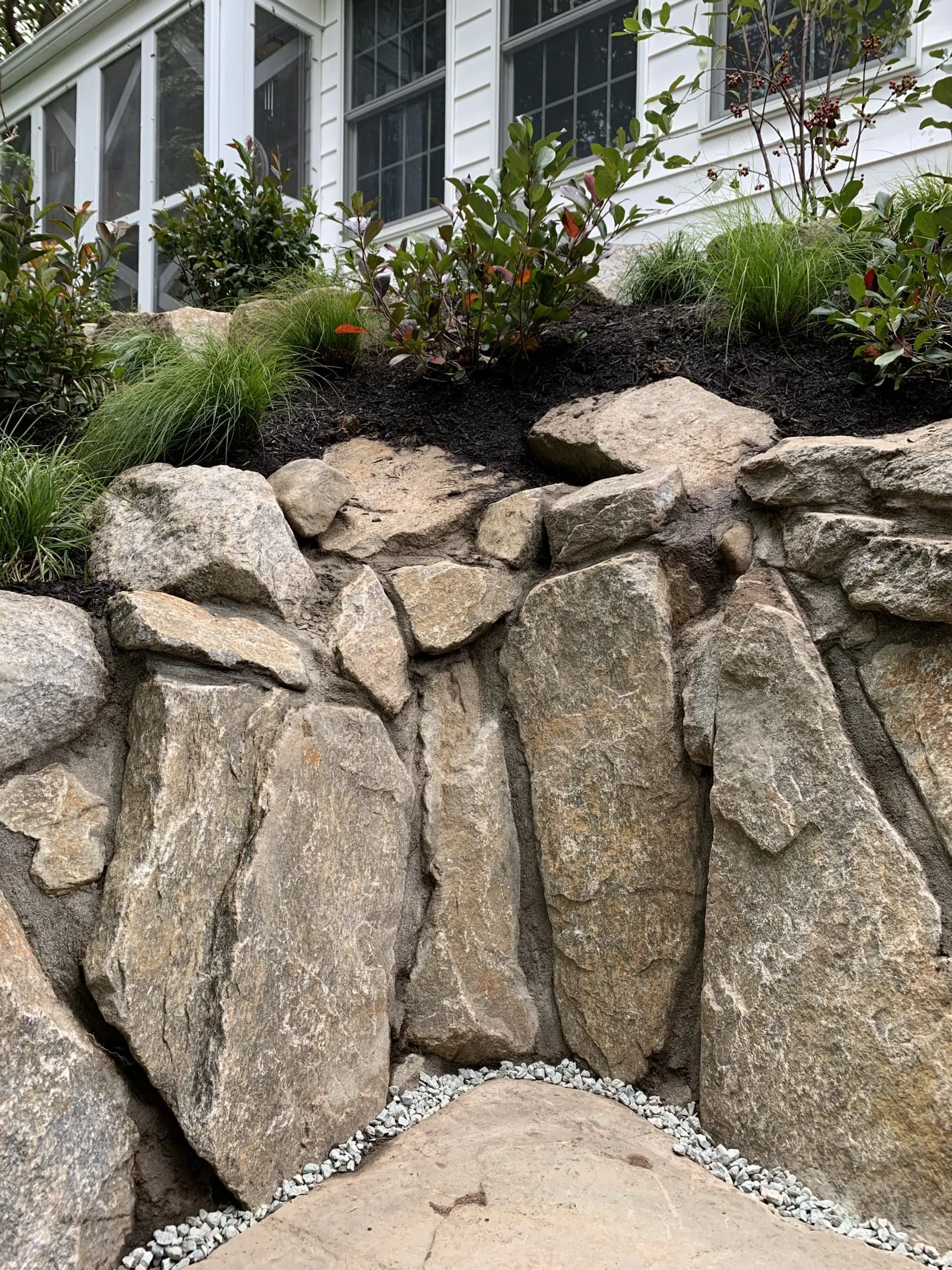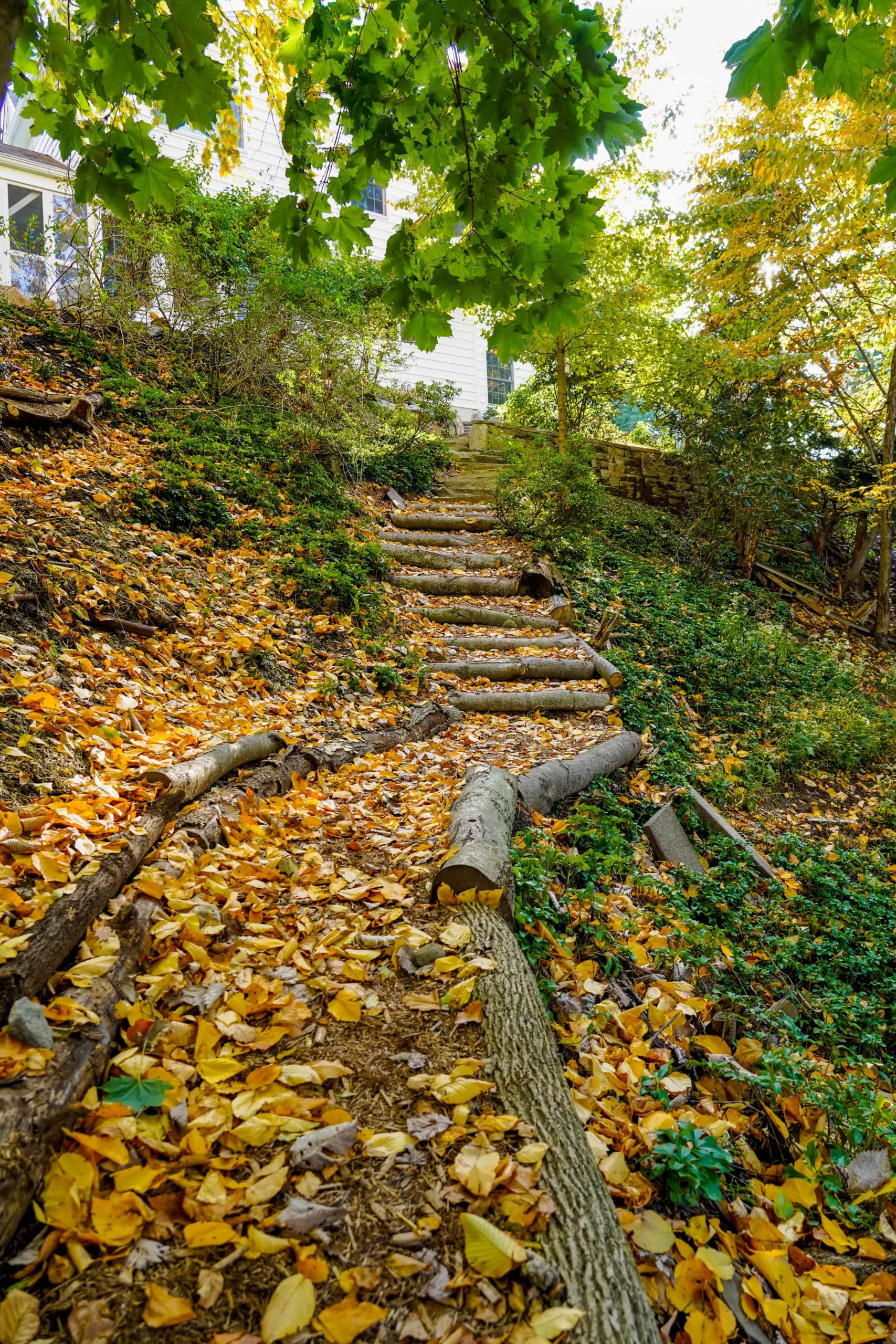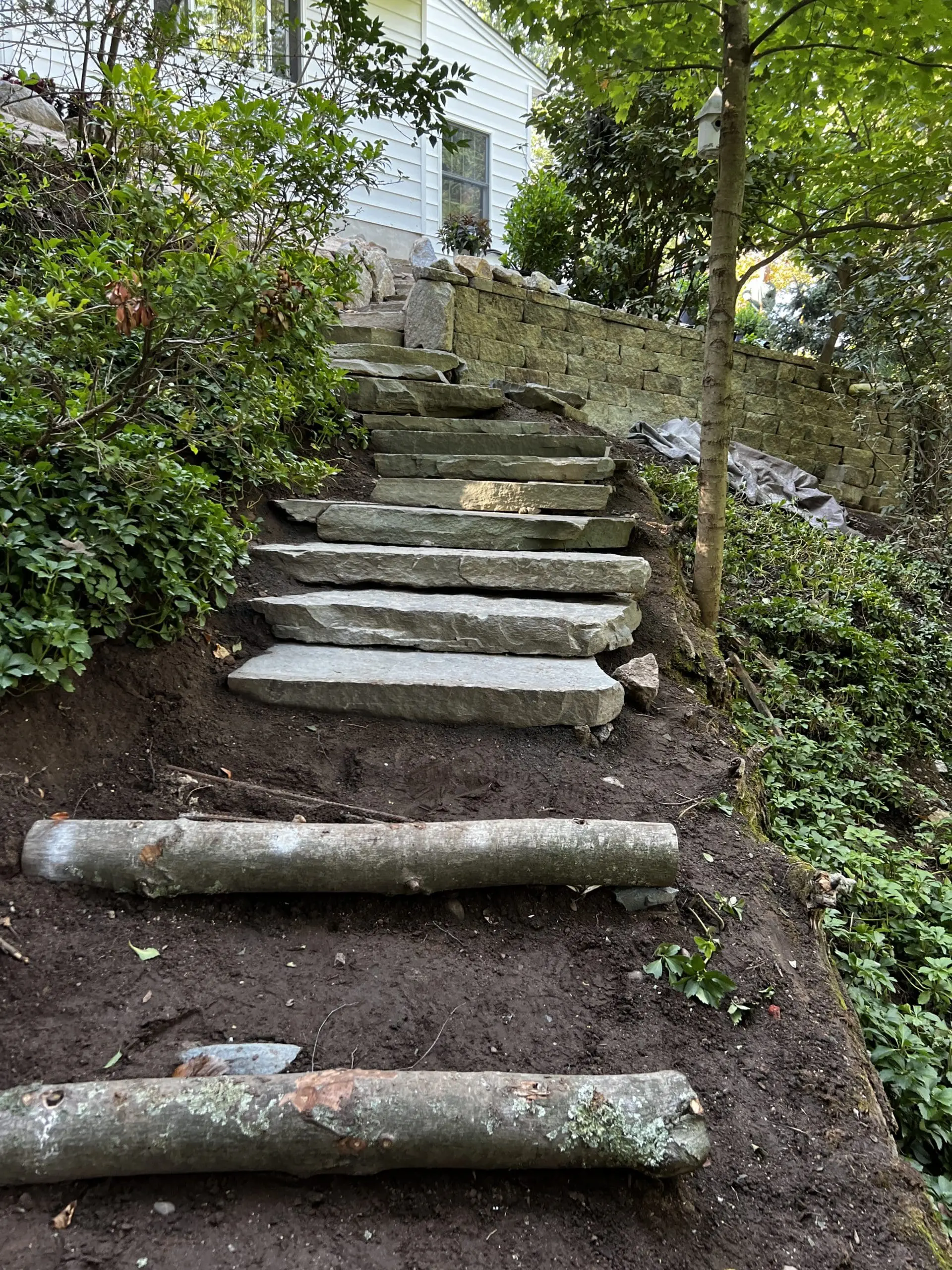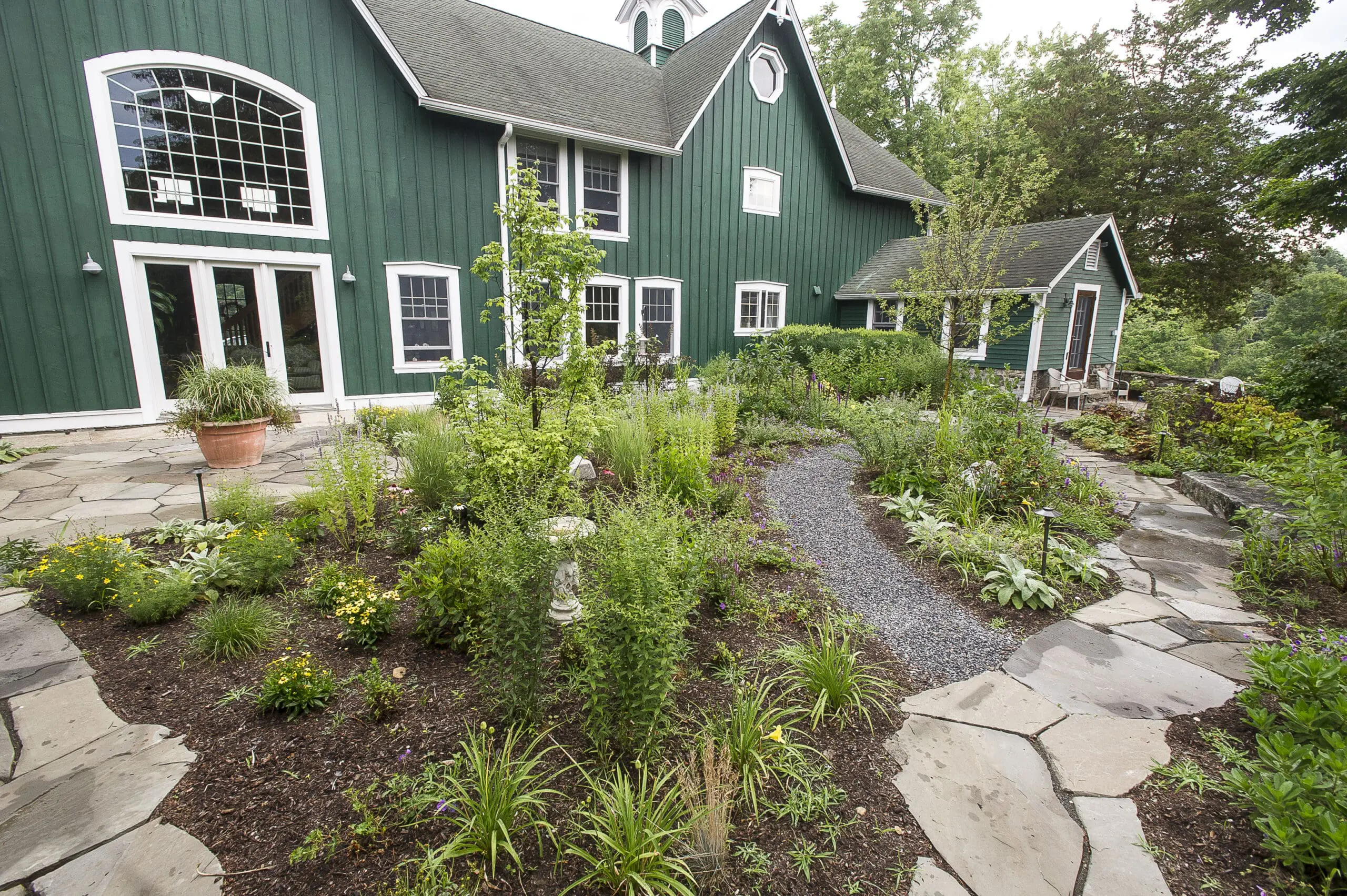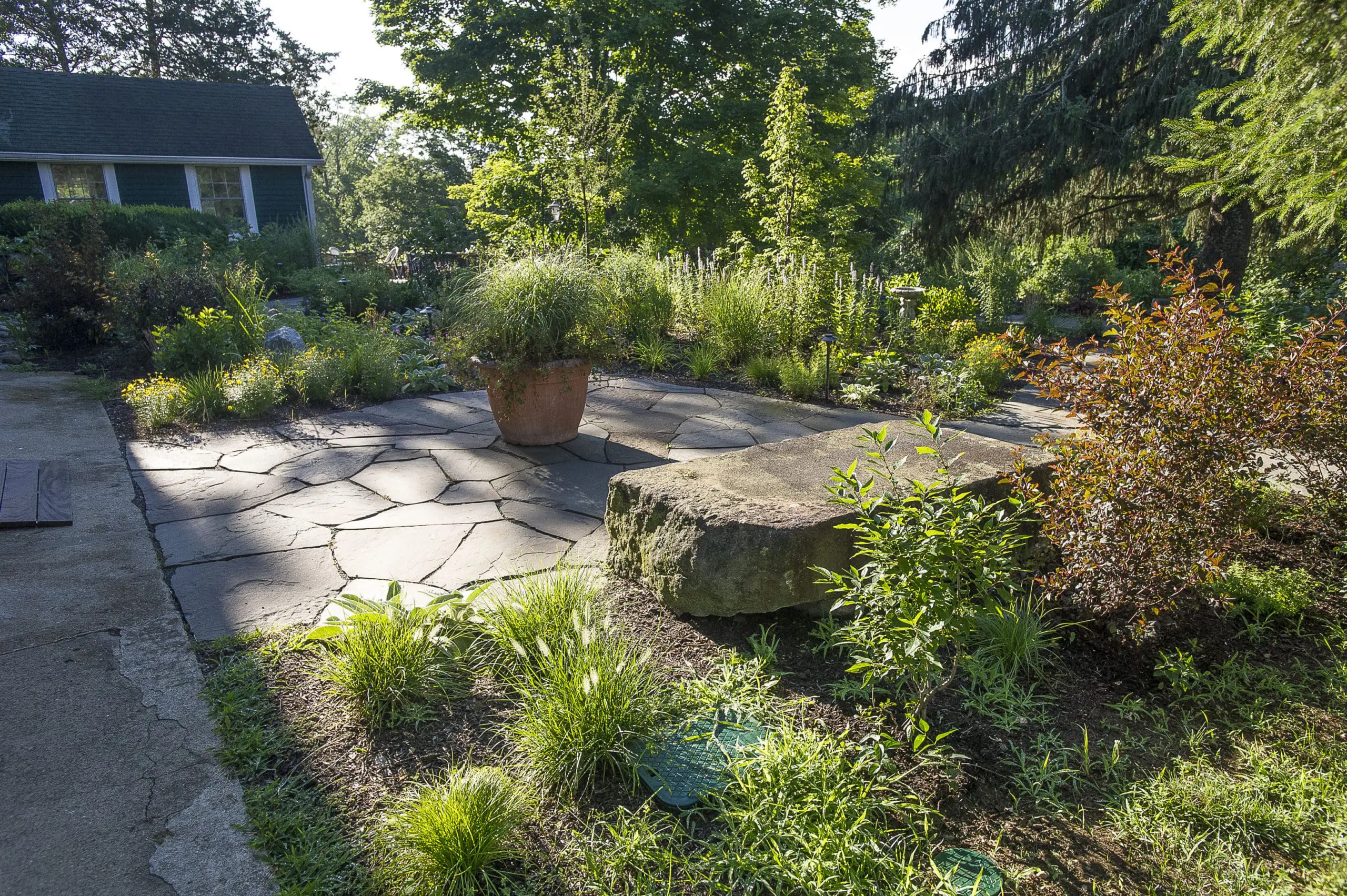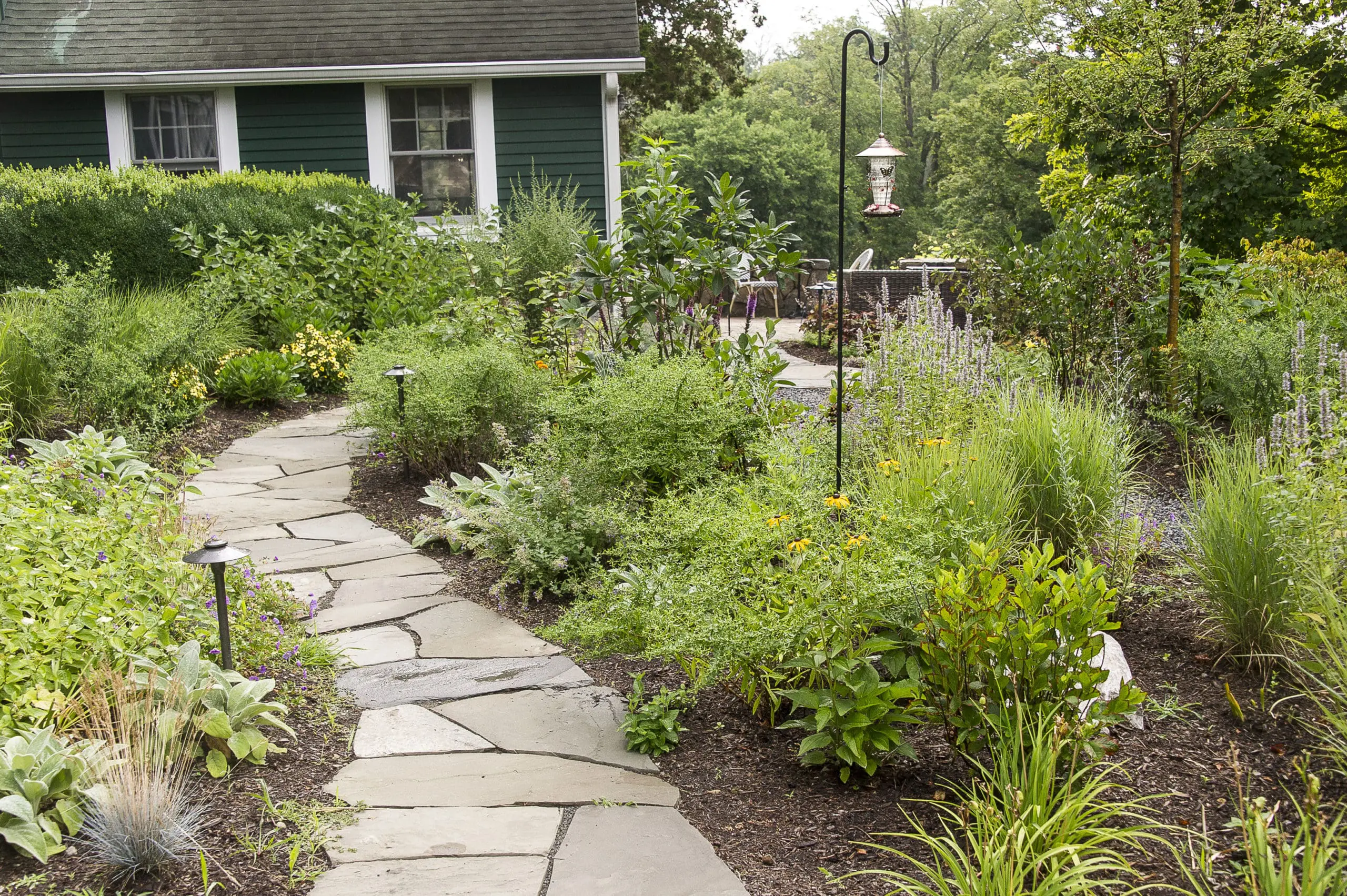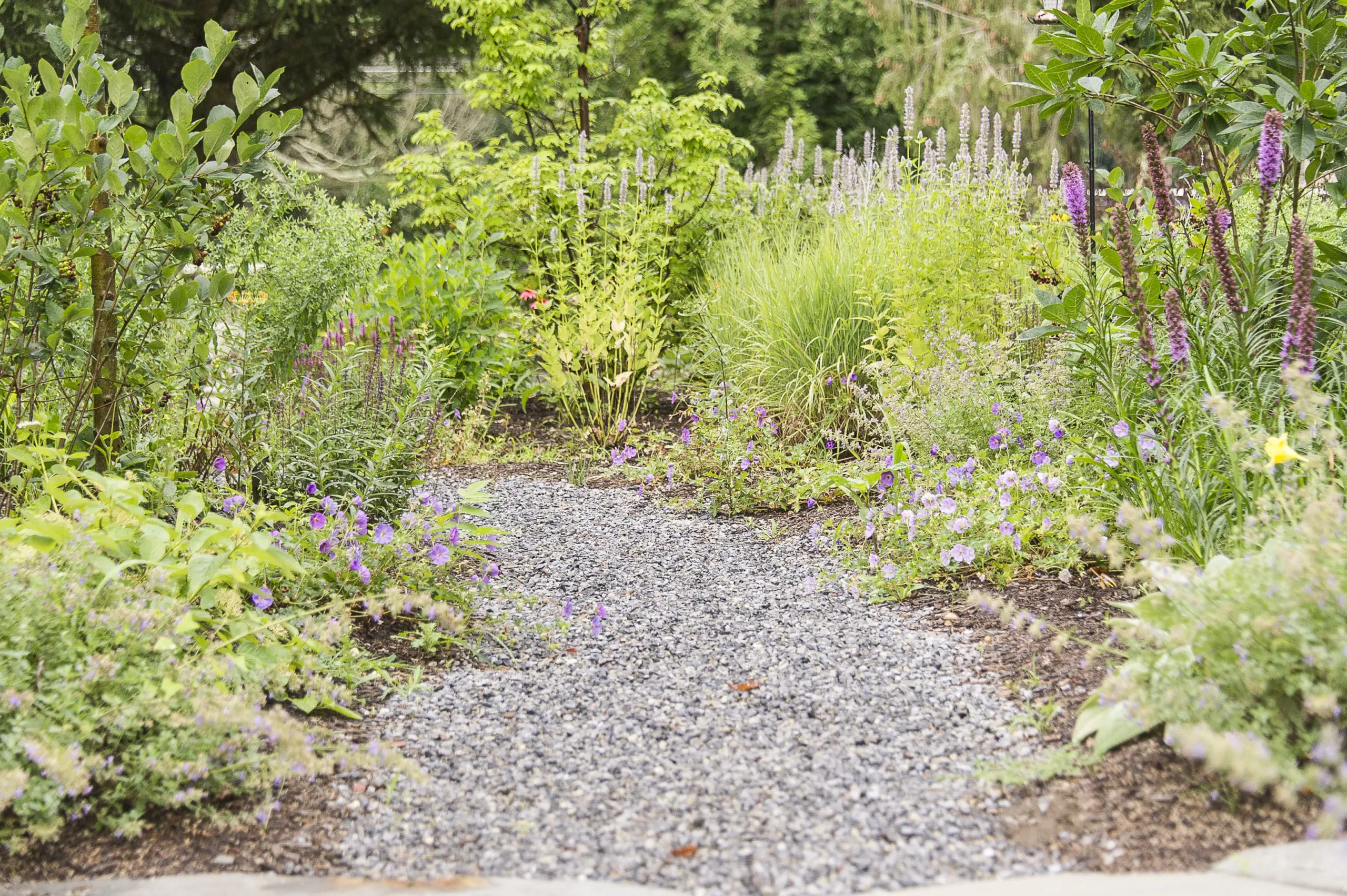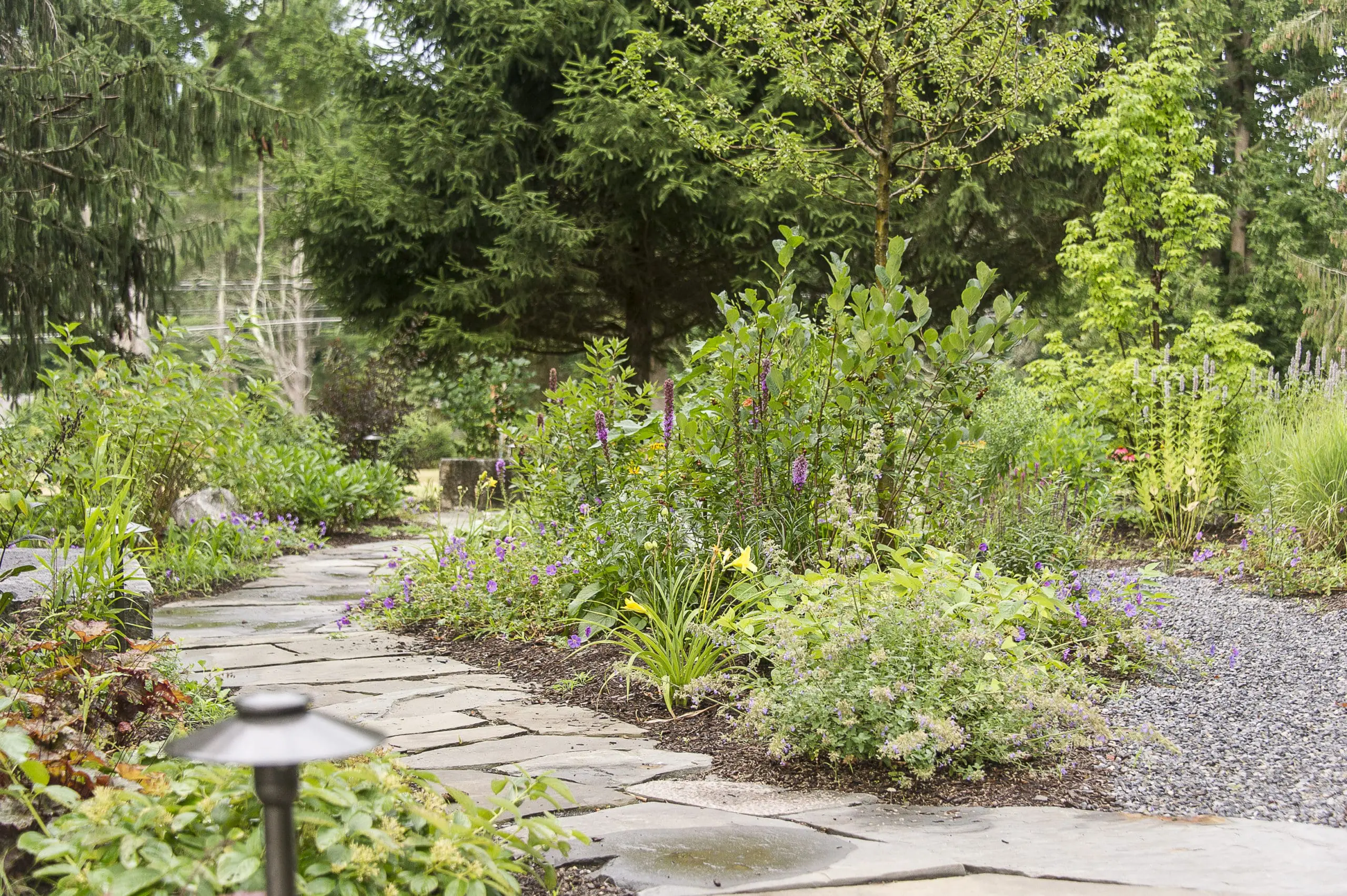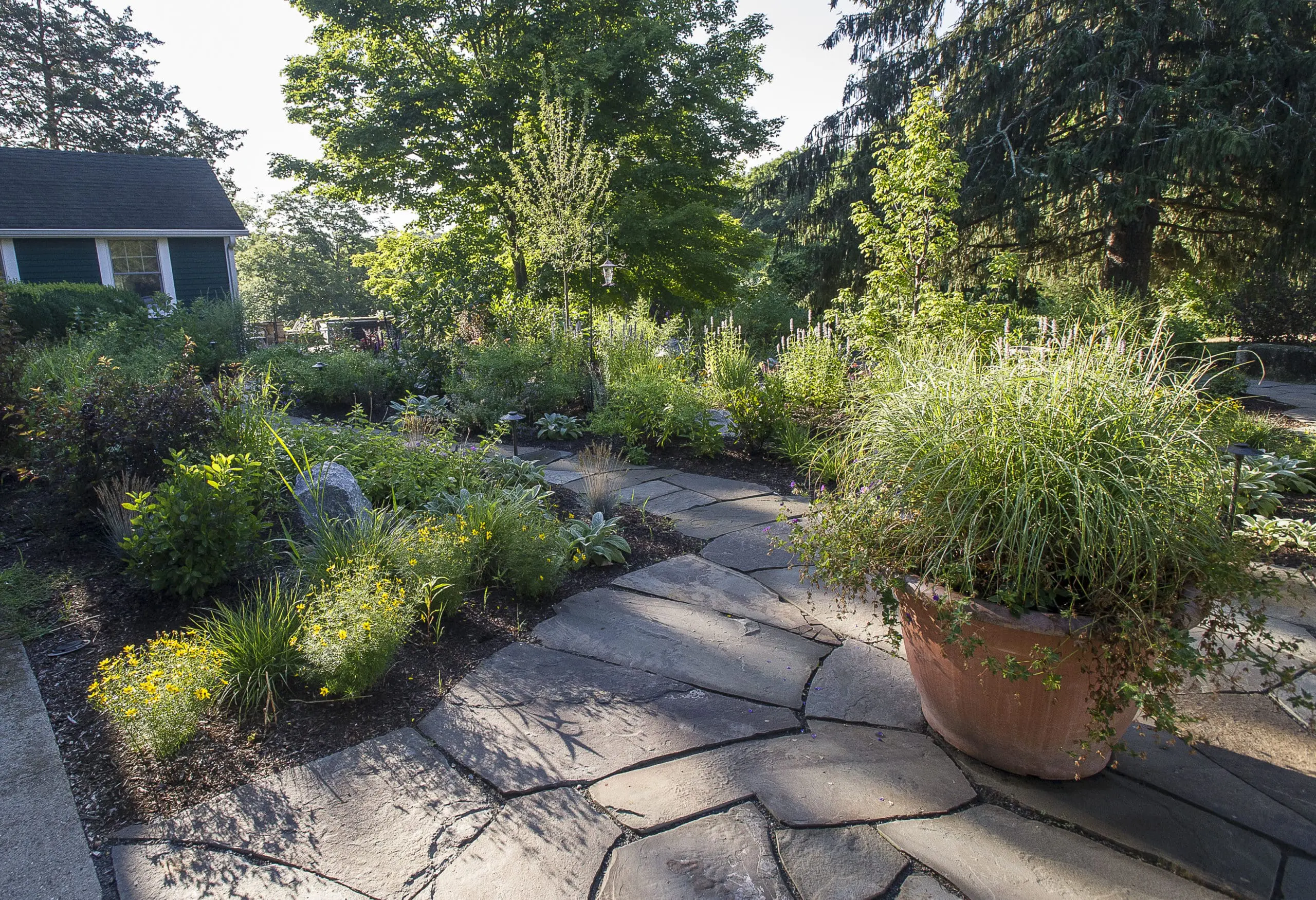Don’t miss these two events! Jay Archer will be speaking at two annual conferences in the coming weeks. This is part of a series of educational talks Jay has participated in this winter, most recently at the Regional Environmental Educators Day (REED) and for the Aspetuck Land Trust (Watch the recorded webinar here!).
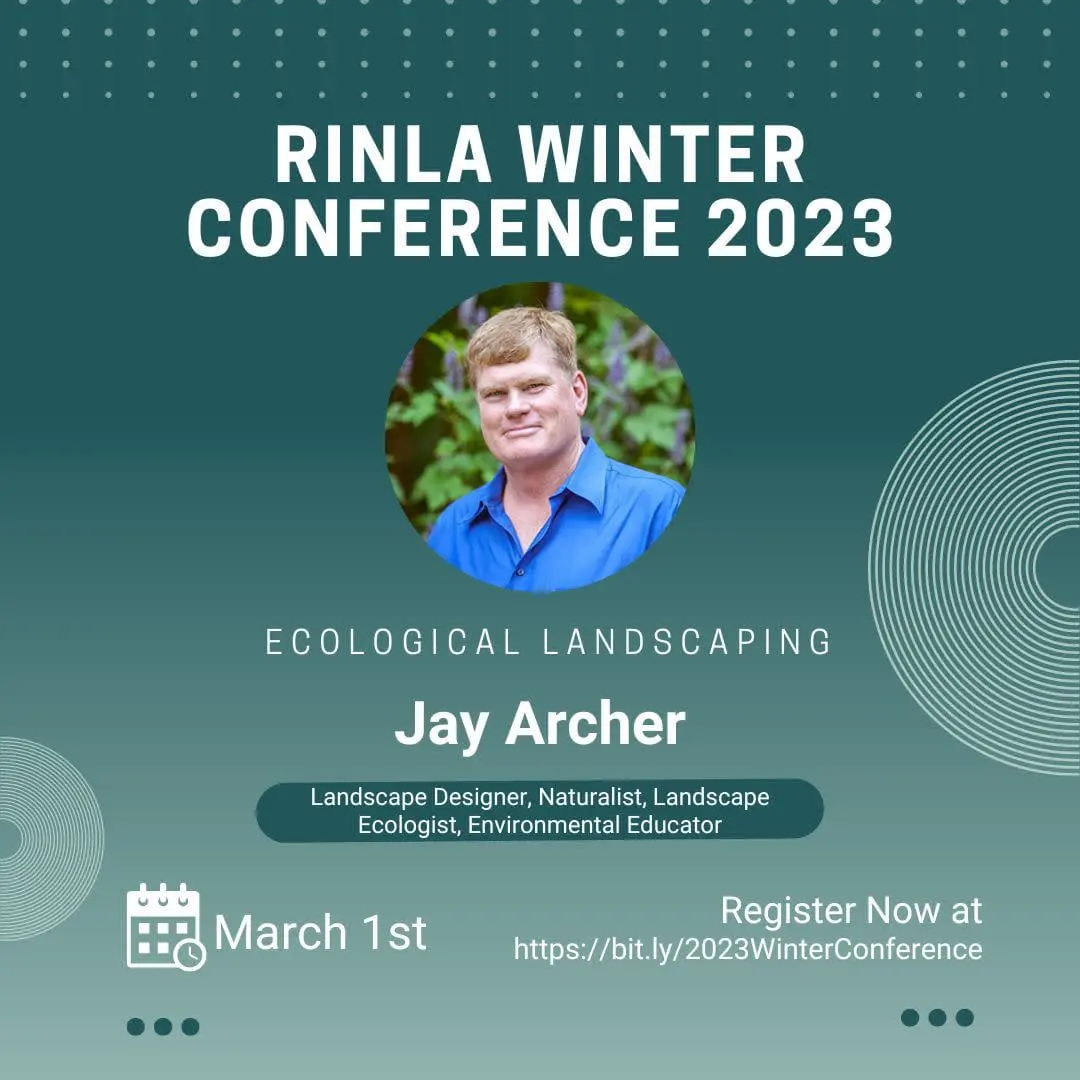
Rhode Island Nursery & Landscape Association Annual (RINLA) Conference
For landscape professionals, check out the RINLA Annual Conference, taking place Wednesday March 1st in Warwick Rhode Island. Register here.
Jay will be speaking to fellow tradesmen about forming a niche ecological business model. In Jay’s personal experience, leaning into an ecological landscaping perspective has distinguished his company in the market and attracted like-minded, committed clients. Projects are fewer in number but larger in size, creativity, and ecological impact.
Join us for Jay’s talk in person, Ecological Landscaping: The Shape of Things to Come.

Our friend Trevor Smith, of Weston Nurseries, will also be speaking. Trevor has a wealth of knowledge on Stormwater Management and ecological landscaping. You won’t want to miss his talk either!
CT NOFA (Northeast Organic Farming Association) Winter Conference
For anyone interested in organic gardening, farming and land management, the CT NOFA Winter Conference is for you! There is virtual programming March 6 – 10, and an in-person symposium on Saturday March 11th at Wesleyan College.

The lineup of speakers is fabulous and covers a range of topics, from Food and Farming for Climate Change (Steven Munno) to Jumping Worm Identification (Annise Dobson) to Forest Farming: At Risk Herbs Under a Forest Canopy (Walker Cammack).
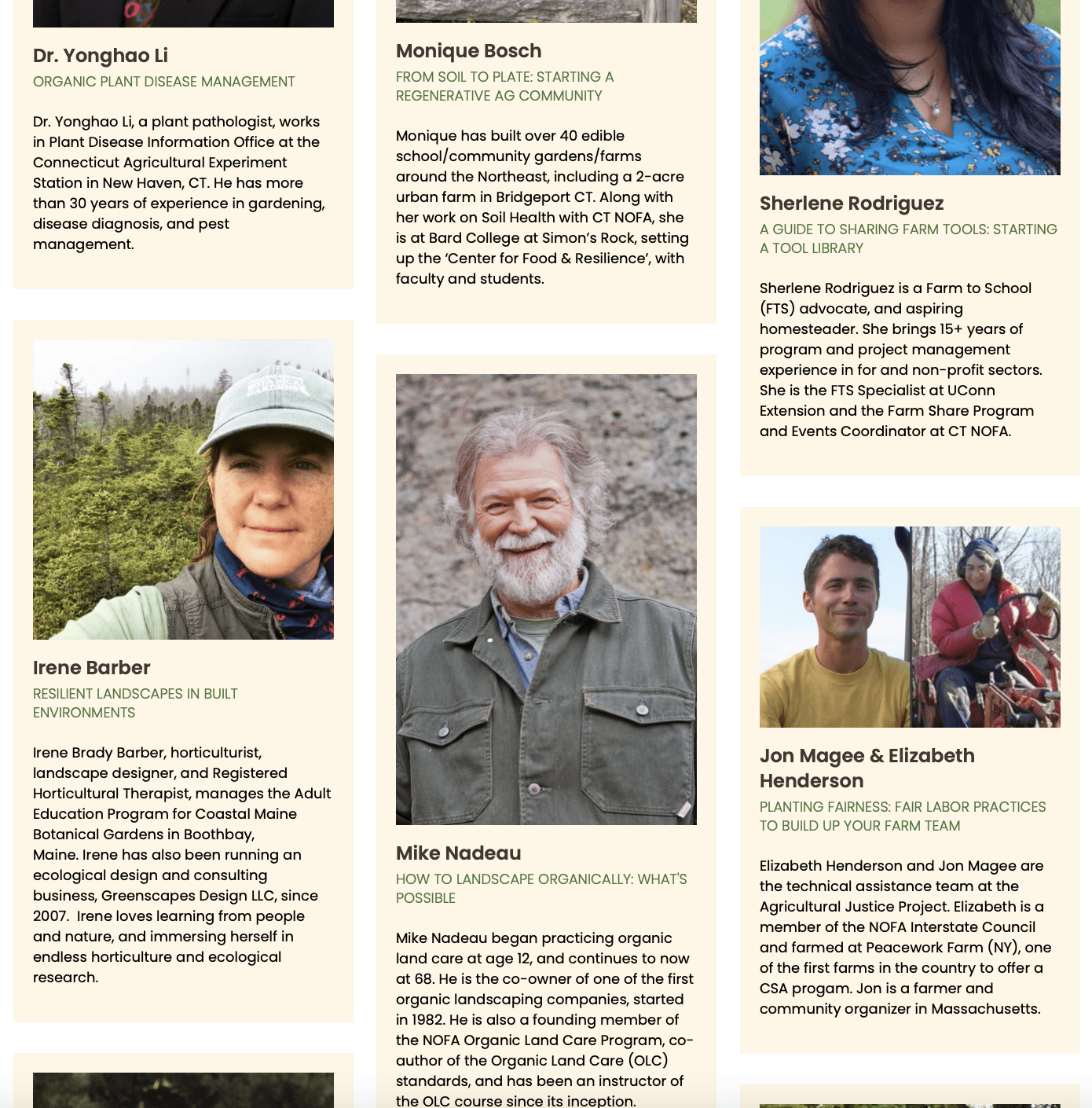
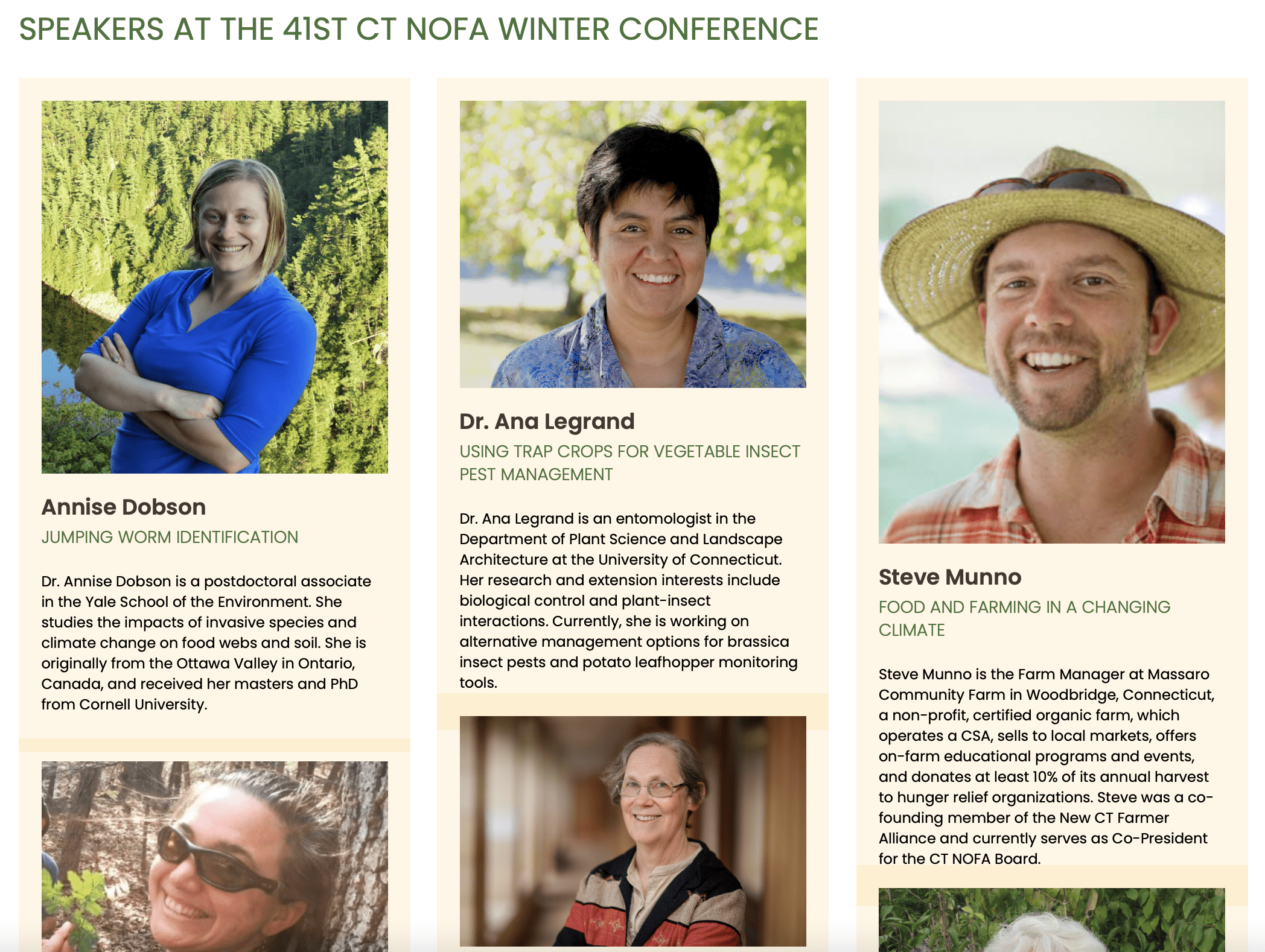
Don’t forget the virtual workshops happening all week! Topic tracks include Homesteading, Organic Landscaping, Farming, and Activism / Policy.

Jay’s talk, Ecological Restoration: Healing the Waters, Caring for the Land, details how ecological landscaping can Improve the health of the landscape environment by creating and maintaining naturally beautiful landscape environments which improve human health, prevent premature aging, and heal and strengthen our immune systems. Restore the balance of nature, conserve, preserve, and protect our most precious resource with native plants and healthy organic soil.
Register for CT NOFA’s Winter ’23 Conference here.
Contact Us to Book Speaking Engagements
We find great purpose in environmental education! If you know of a nonprofit, organization or club that would benefit from Jay’s expertise, contact us about scheduling a speaking engagement.
